Dazaifu Tenmangu Shrine
太宰府天満宮
Main shrine of Tenmangu, where Sugawara Michizane, god of learning, is enshrined.
Dazaifu Tenmangu Shrine is dedicated to Sugawara no Michizane, the God of Learning. This shrine is the leading shrine of some 12,000 Tenmangu shrines around Japan, and attracts worshippers from around Japan and worldwide as one of the largest shrines in Kyushu.
The grounds are populated by several deeply historical structures, including the vermillion main shrine and the surrounding gardens, Tenkai Inari Shrine, Homotsuden (treasure house) and the Kanko Historical Museum. There are natural monuments like Hirohachishanoki and camphor trees, and gorgeous blooms of plum and iris depending on the season. Michizane had a particular affection for plum blossoms. Given that the emblem of Tenmangu is an image of a plum blossom, the plum blossom season is a special time of year here. One sacred plum tree, known as Tobi-ume, stands directly to the right of the main shrine. Legend has it that after Michizane left Kyoto, the tree yearned so much for him that it uprooted itself one night and flew to Dazaifu Tenmangu.
Tenmangu is a shrine with 1100 years of history, where festivals and events are held throughout the calendar and boasting a panoply of sights.
Basic Information
| Address (Japanese) | 818-0117 福岡県太宰府市宰府4-7-1 太宰府天満宮社務所 |
|---|---|
| Address | 4-7-1 Zaifu, Dazaifu City, Fukuoka Dazaifu Tenmangu Shrine Office |
| Telephone Number | 092-922-8225(問い合わせ対応時間/9:00~17:00) |
| Fax Number | 092-921-1010 |
| Open | Dazaifu Tenmangu Shrine Opening times. 6:30am-7:00pm (varies according to season and facility) New Year opening and closing times (31 Dec - 4 Jan) The gates open at 6:30 on 31 December and 24 hours on the three New Year's days. The gates close on the evening of 4 January, depending on the number of worshippers. Prayers are accepted from around 8:45am until around 5:00pm. Treasure House and Suga Lord History Museum 9:00am-4:30pm (admission until 4:00pm). |
| Closed | Dazaifu Tenmangu Shrine. None The Treasure House Mondays (open if Monday is a public holiday) Suga-ko History Museum Tue, Wed |
| Price | The Treasure House General 500 yen University and high school students 200 yen Junior high school and primary schools students: 100 yen Suga History Museum General 200 yen University and high school students: 150 yen Junior high school and primary schools students: 100 yen |
| Car Park | Parking available in the vicinity (charges apply). |
| Access | 5 mins walk from Nishitetsu "Dazaifu Station". Approximately 20 minutes from the Dazaifu IC and Chikushino IC of the Kyushu Expressway. |
| Website | https://www.dazaifutenmangu.or.jp/en/ https://www.facebook.com/dazaifutenmangu.official https://www.youtube.com/channel/UC9CriS48Dlc_6WSB1I5J9CQ |
| Remarks | Accessible / wheelchair-accessible toilets |
*Information on facilities is subject to change. Please check each official website for the latest information.
- Area
- Fukuoka Area
- Category
- Flowers & Plants Historic Buildings, Towns & Gardens Shrines & Temples Museums & Archives Leisure Facilities
- Travel Inspiration
- Plum blossoms Fukuoka highlights
 Neighborhood Sightseeing spots
Neighborhood Sightseeing spots
 Related articles
Related articles
-
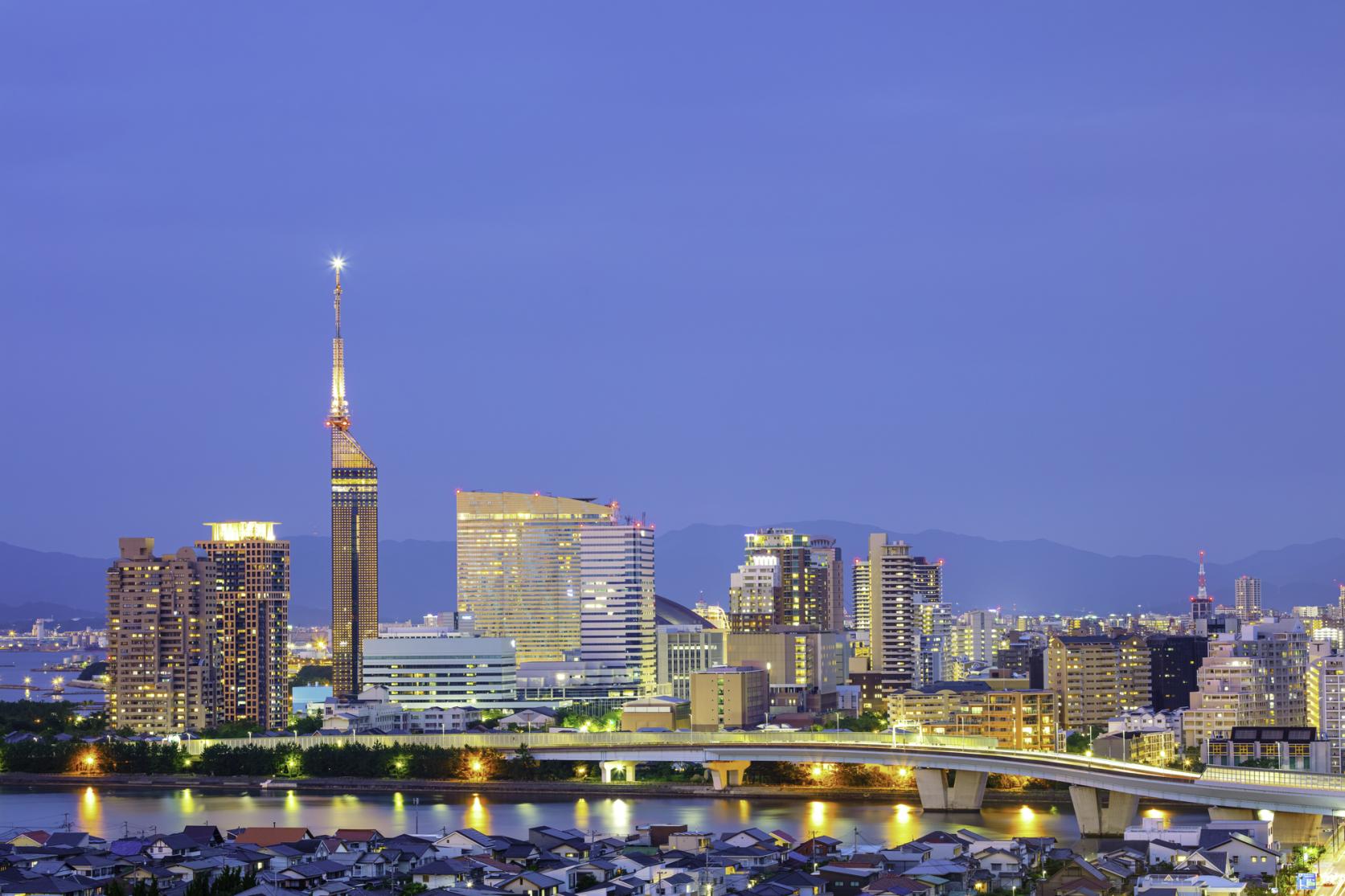
Here's our recommended popular destinations and can’t miss foods for your first time in Fukuoka!
-
![[2024 Edition] Enjoy the New Year in Fukuoka! Special Feature on First Sunrise and Hatsumode](https://www.crossroadfukuoka.jp/storage/special_features/303/responsive_images/WMWmetE3zassCD8JlncouwivzCqCrrAAwwhp5OGF__1669_866.jpg)
[2024 Edition] Enjoy the New Year in Fukuoka! Special Feature on First Sunrise and Hatsumode
-

Do consider Fukuoka Prefecture as the destination for an educational trip to Japan.
-
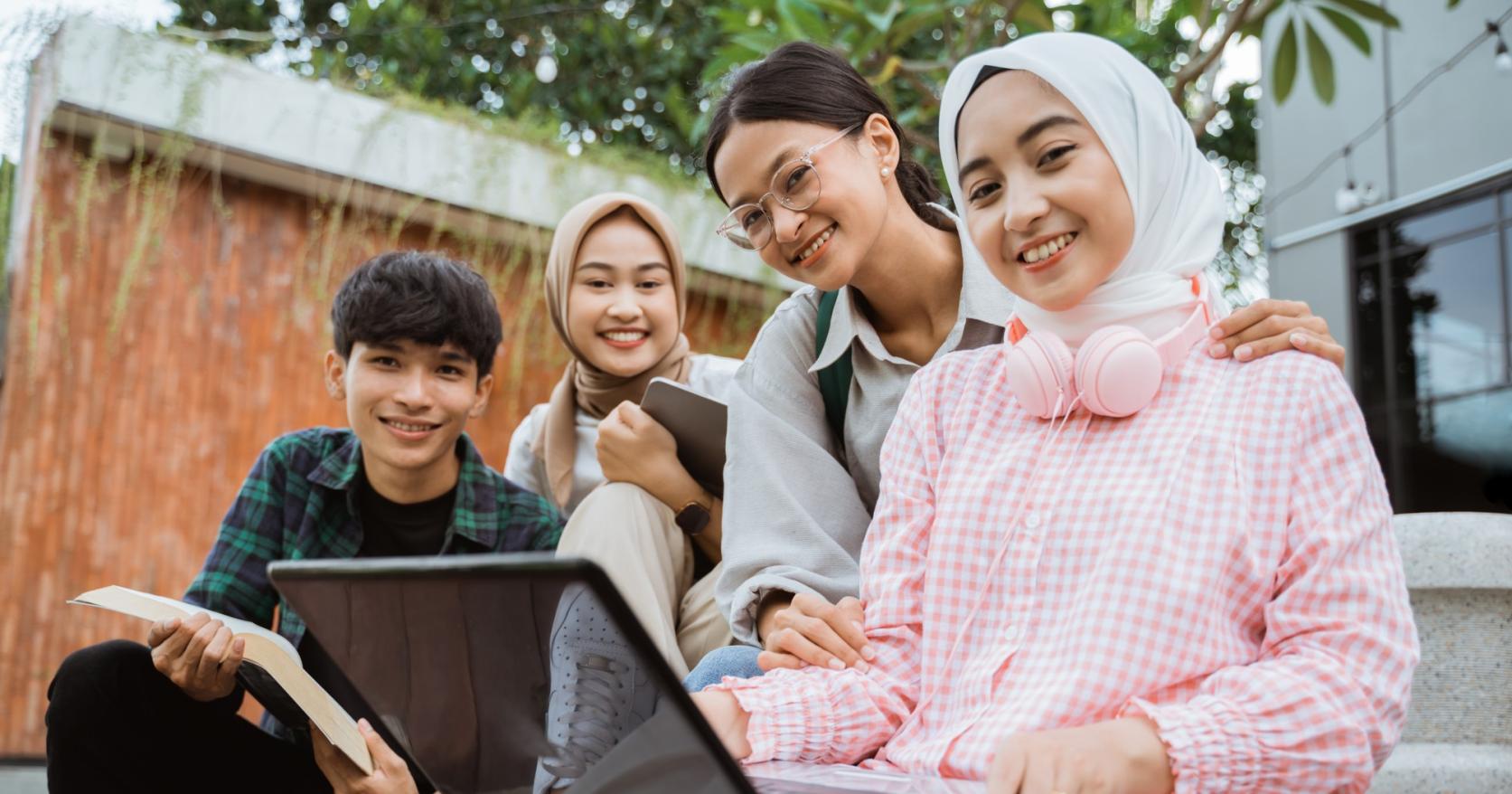
To Malaysian schools and travel agencies considering educational travel destinations
 Model itineraries
Model itineraries
-
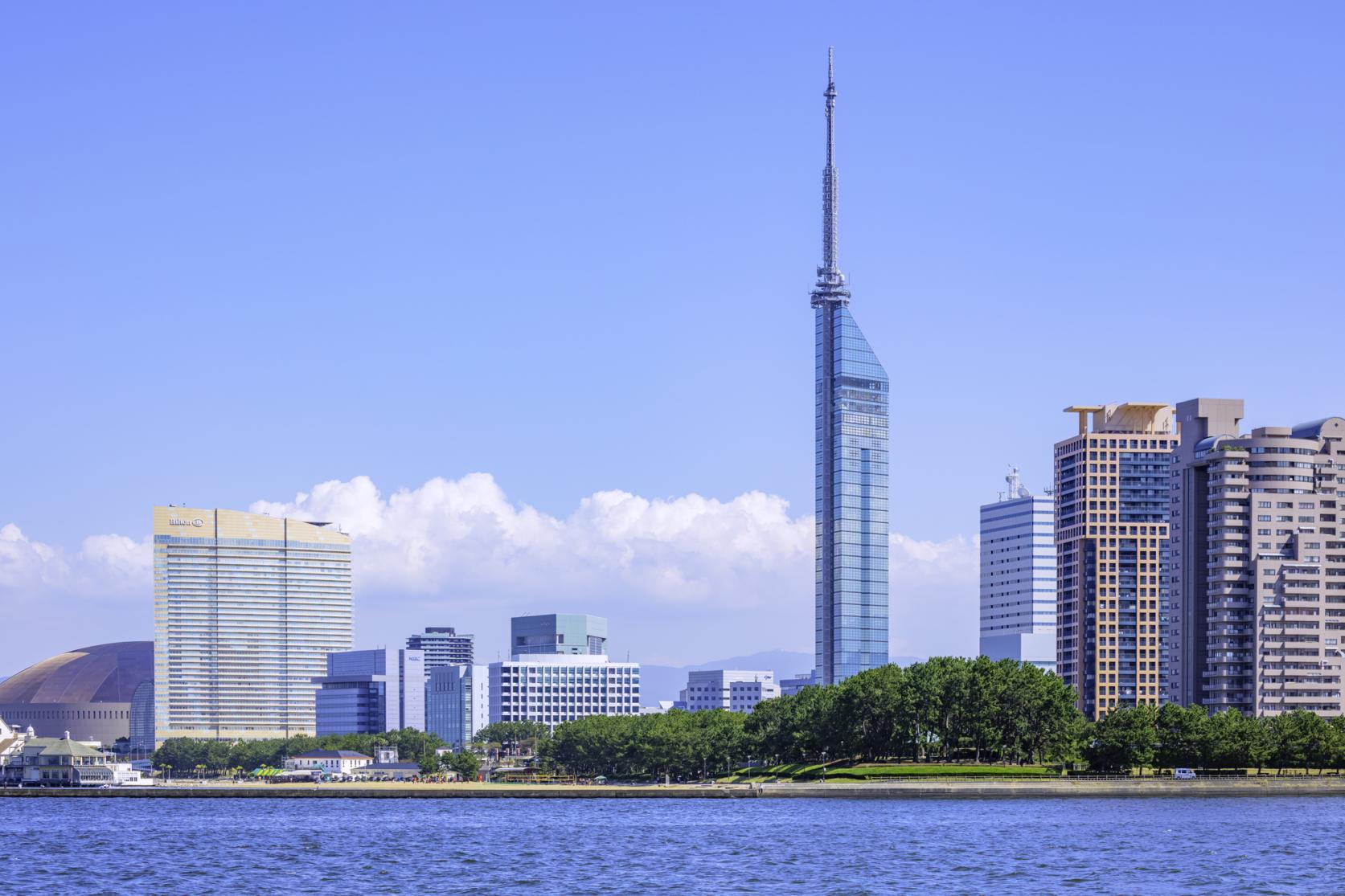
A Classic Plan! Your First Overnight Trip to Fukuoka!
-
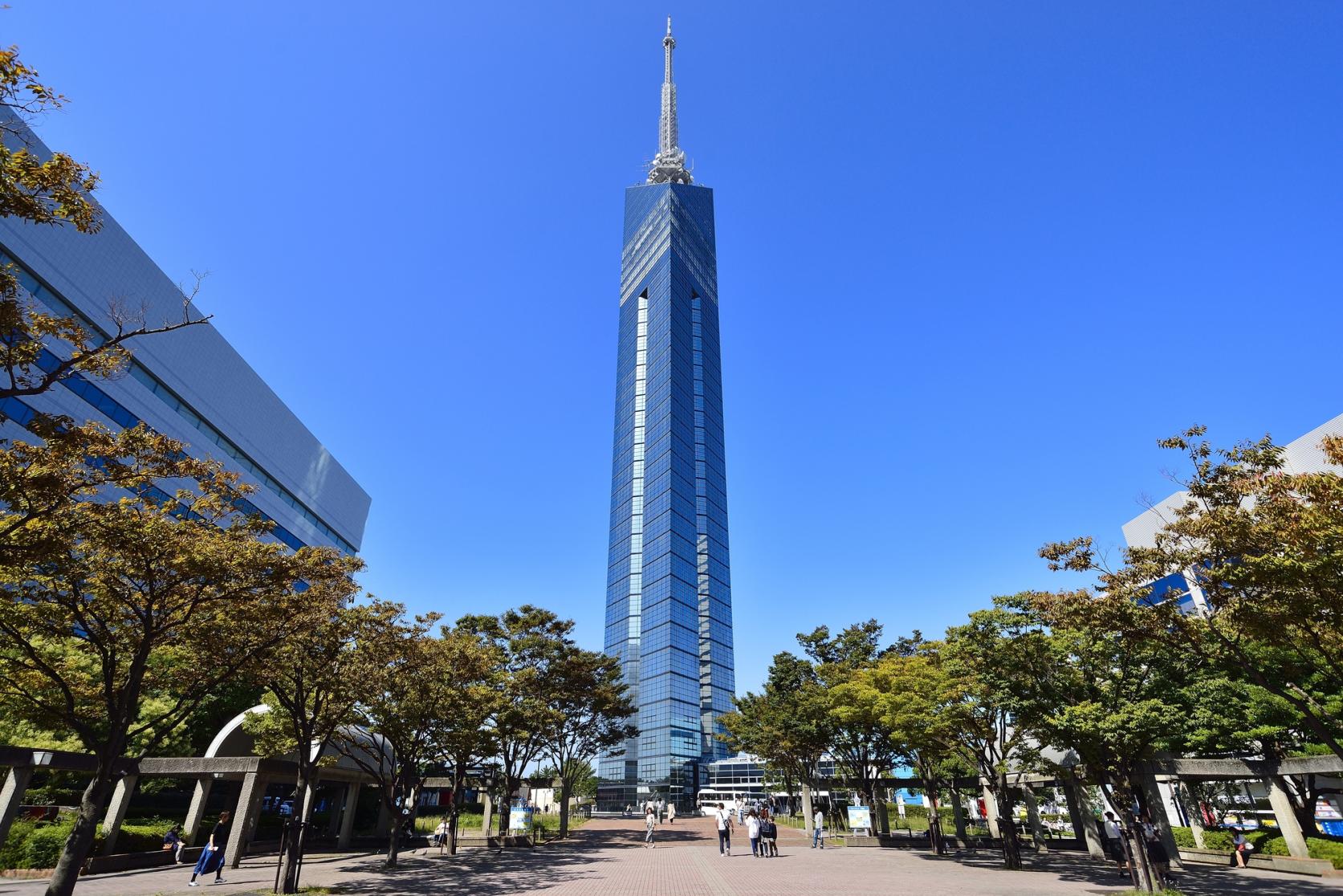
A Classic One Day Course to Enjoy Fukuoka and Daizaifu!
-
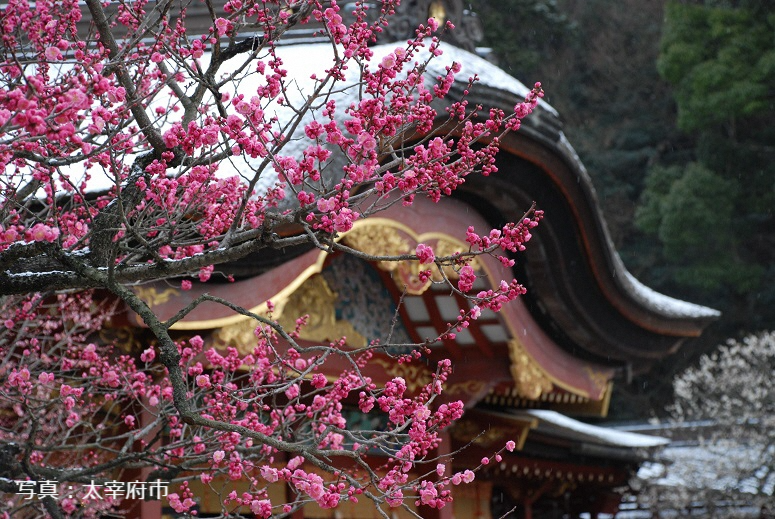
1 Day in Dazaifu : A Spiritual Journey
-
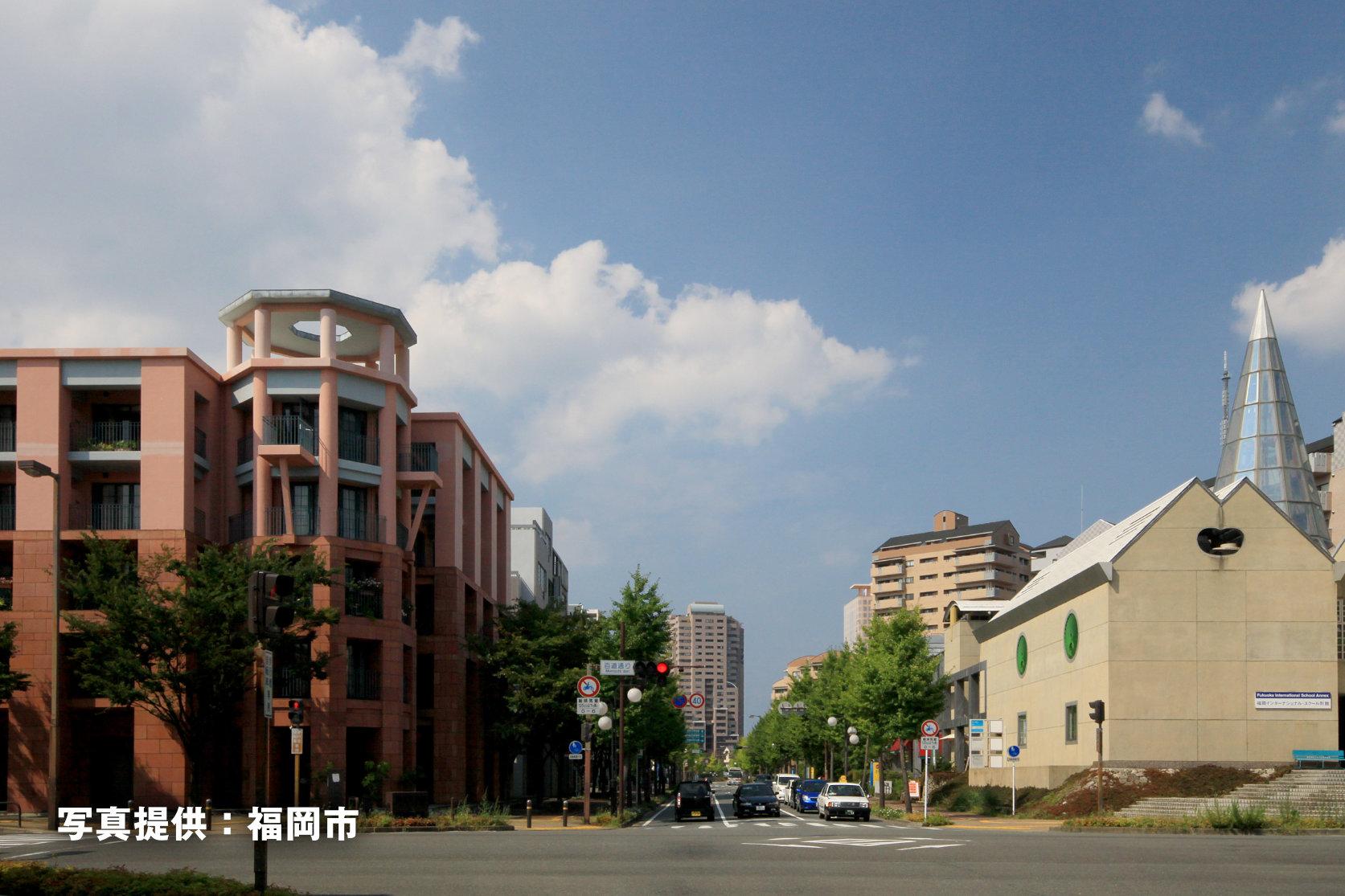
3-day tour of Fukuoka and Kumamoto: An architectural and art tour—Enjoy the beauty of the old and the new
-
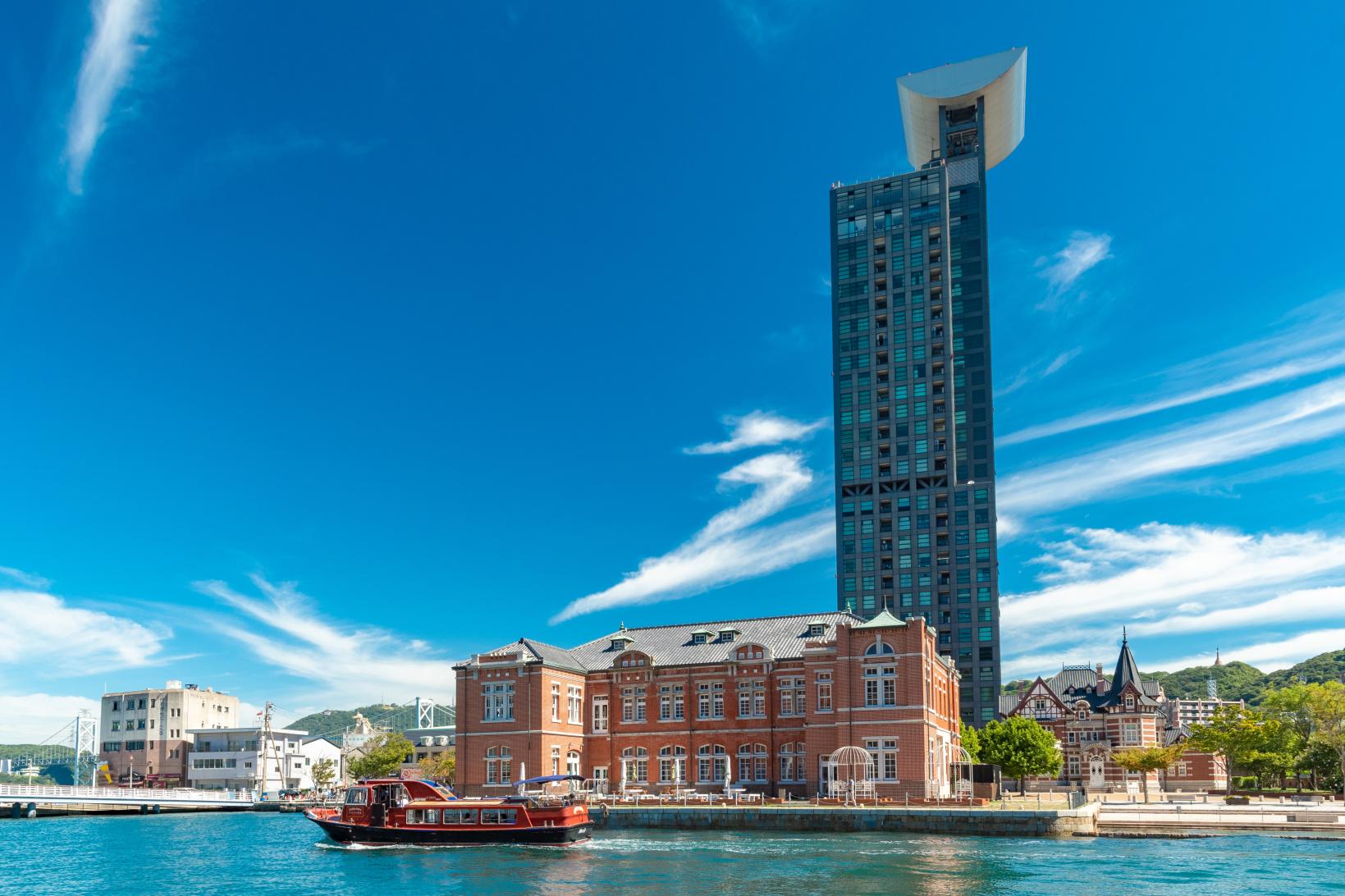
5-day tour of Tokyo, Nagasaki, and Fukuoka: Travel around three cities and enjoy food and history at the classic spots!
-
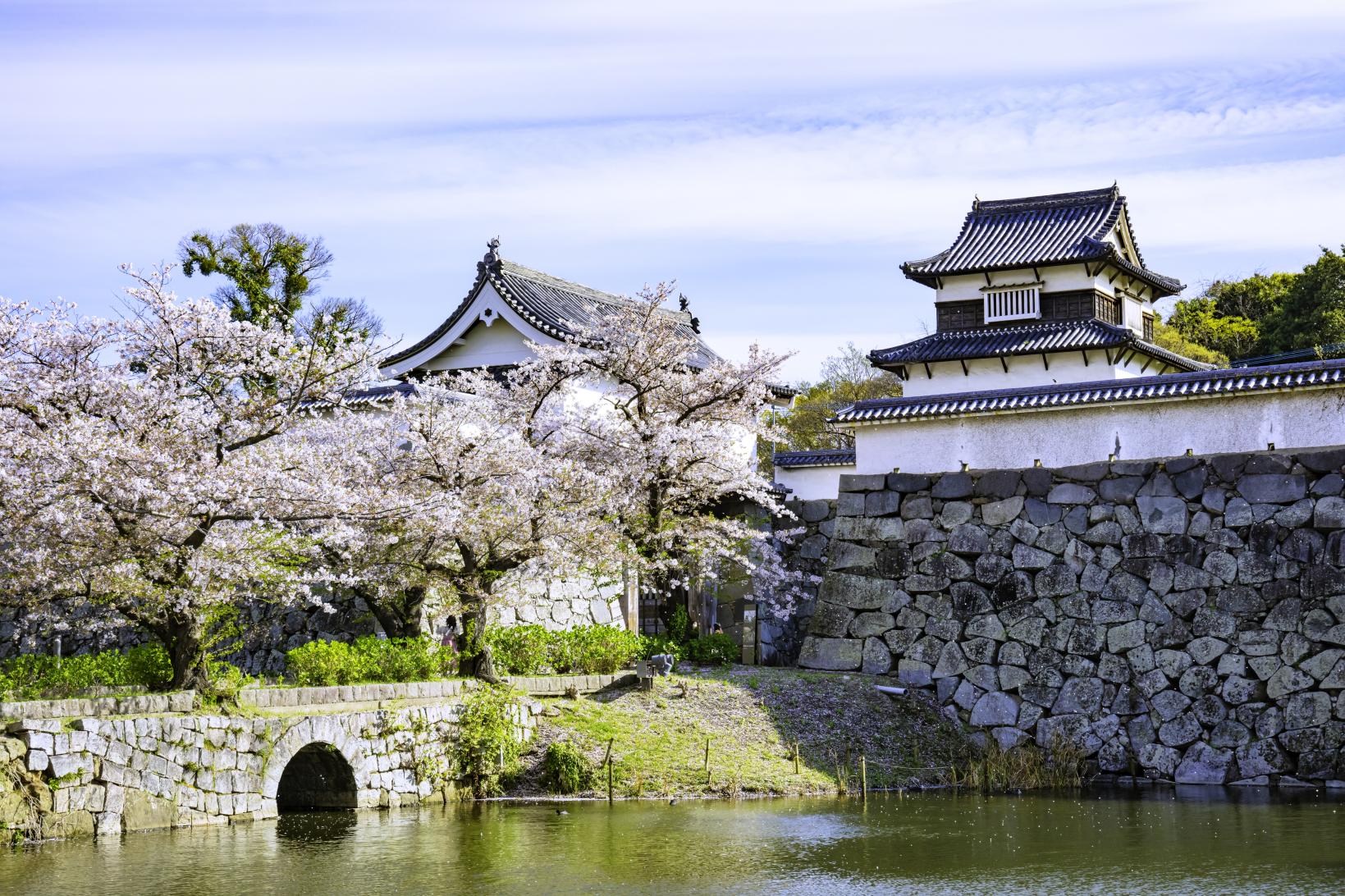
Exploring famous places in Japan and Korea ! A grand 8-day, 7-night East Asian Adventure


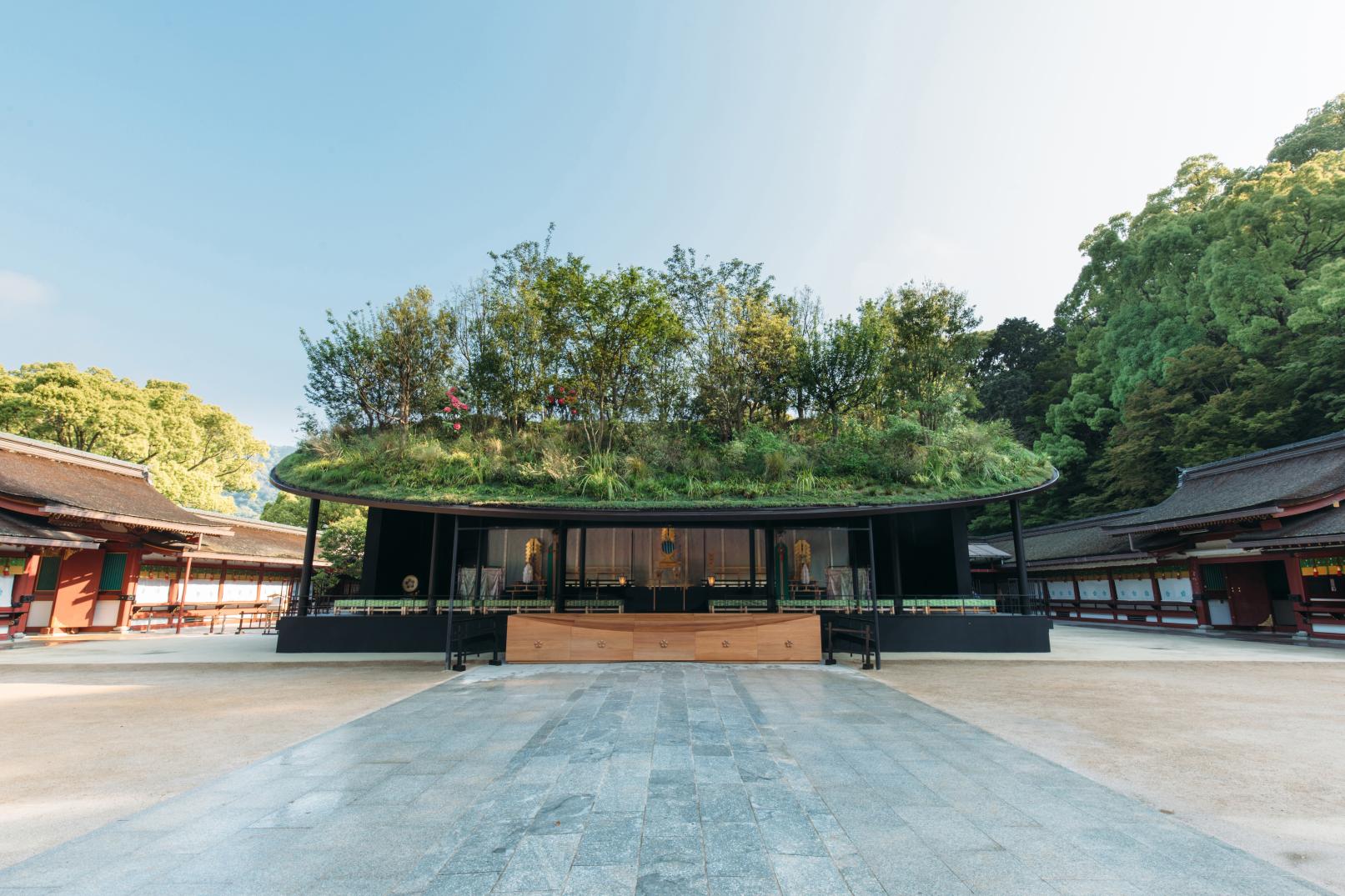
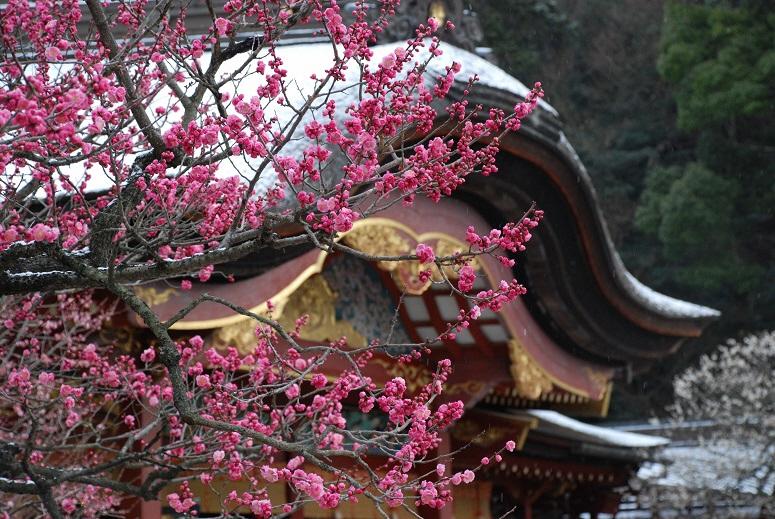
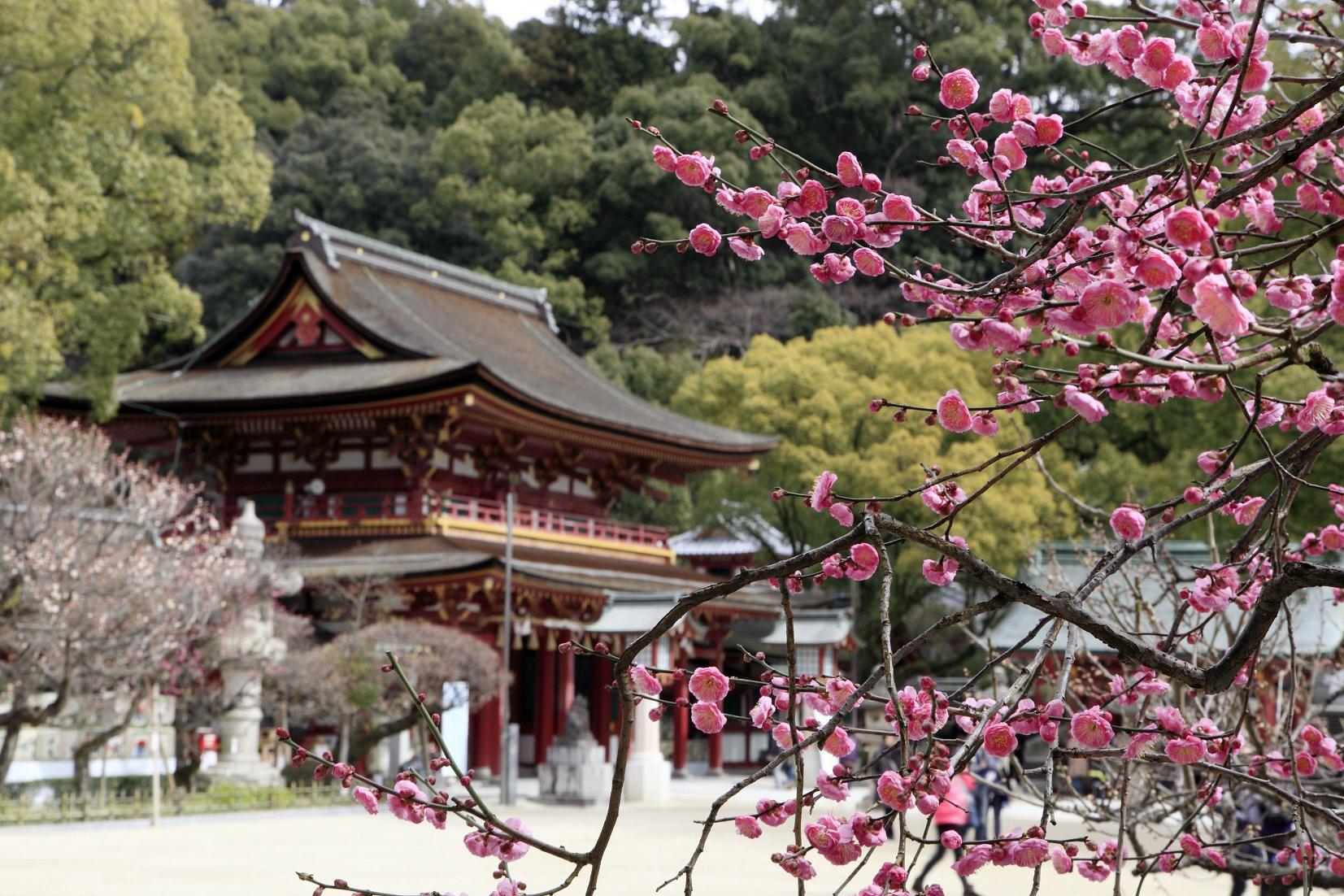
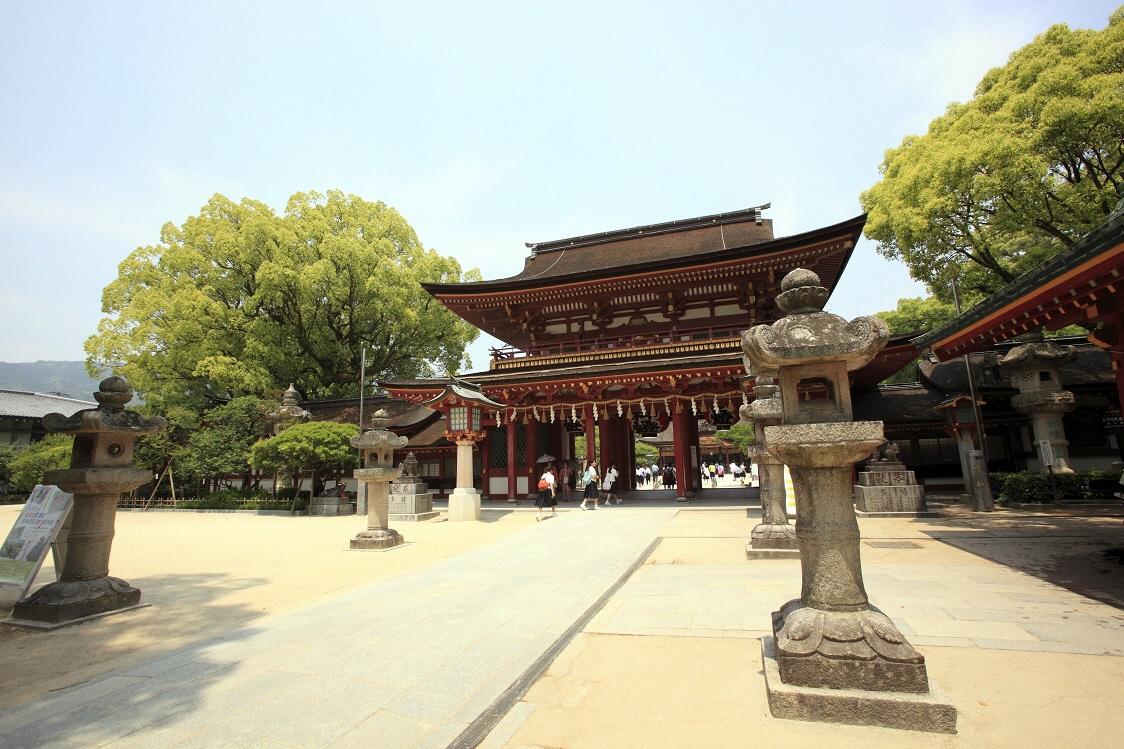
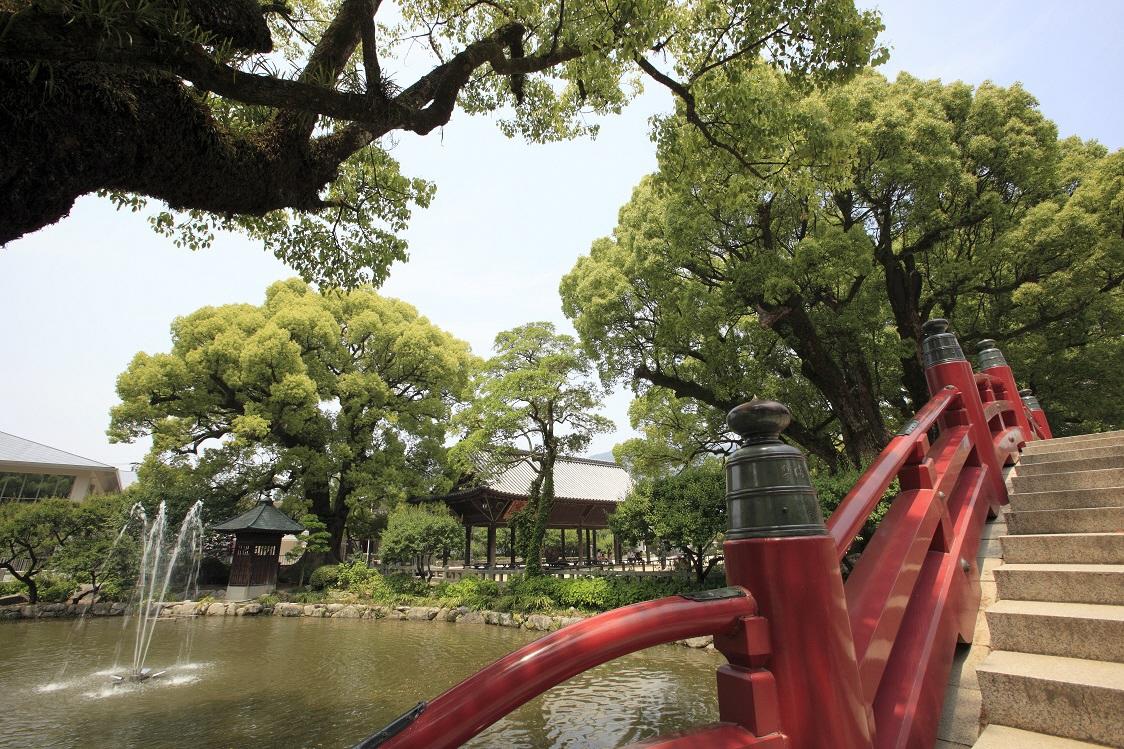
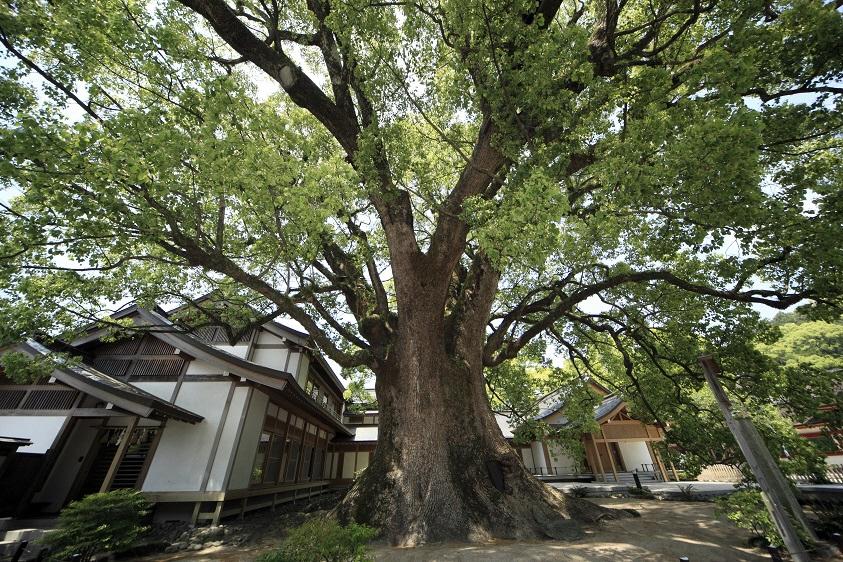
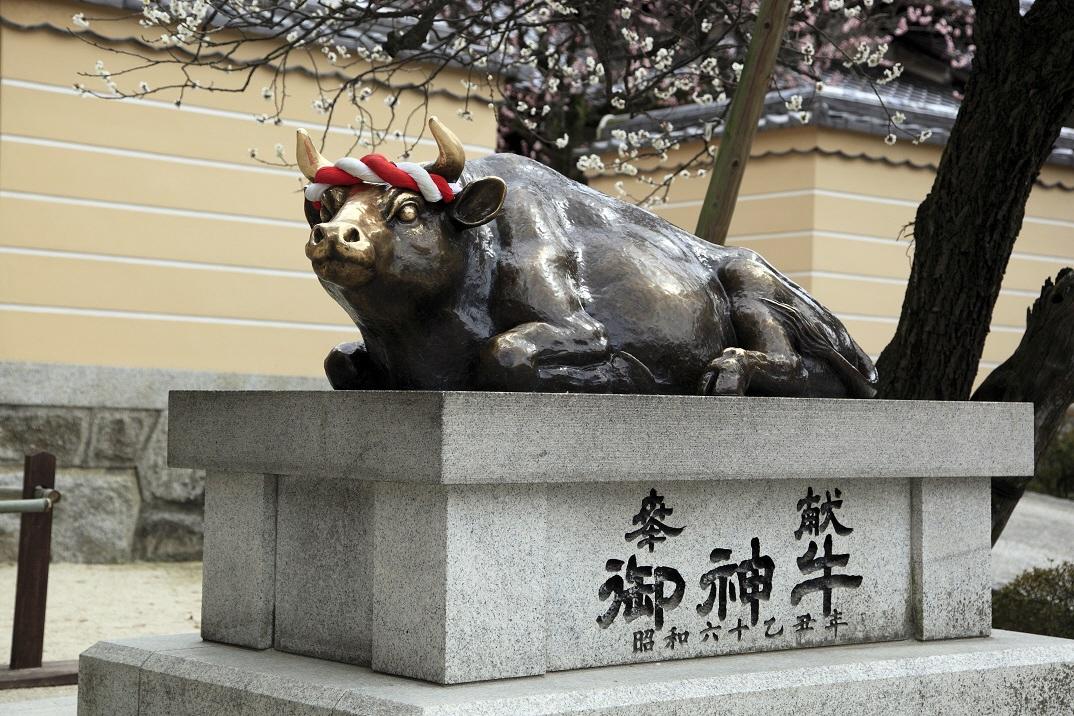
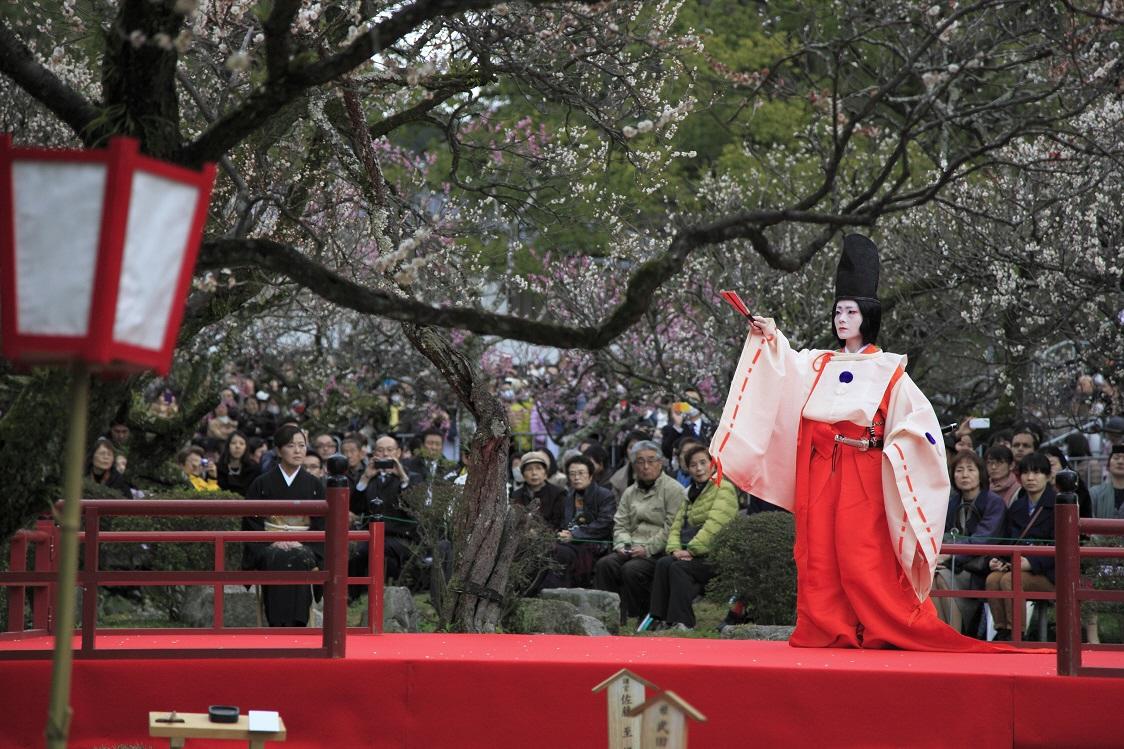
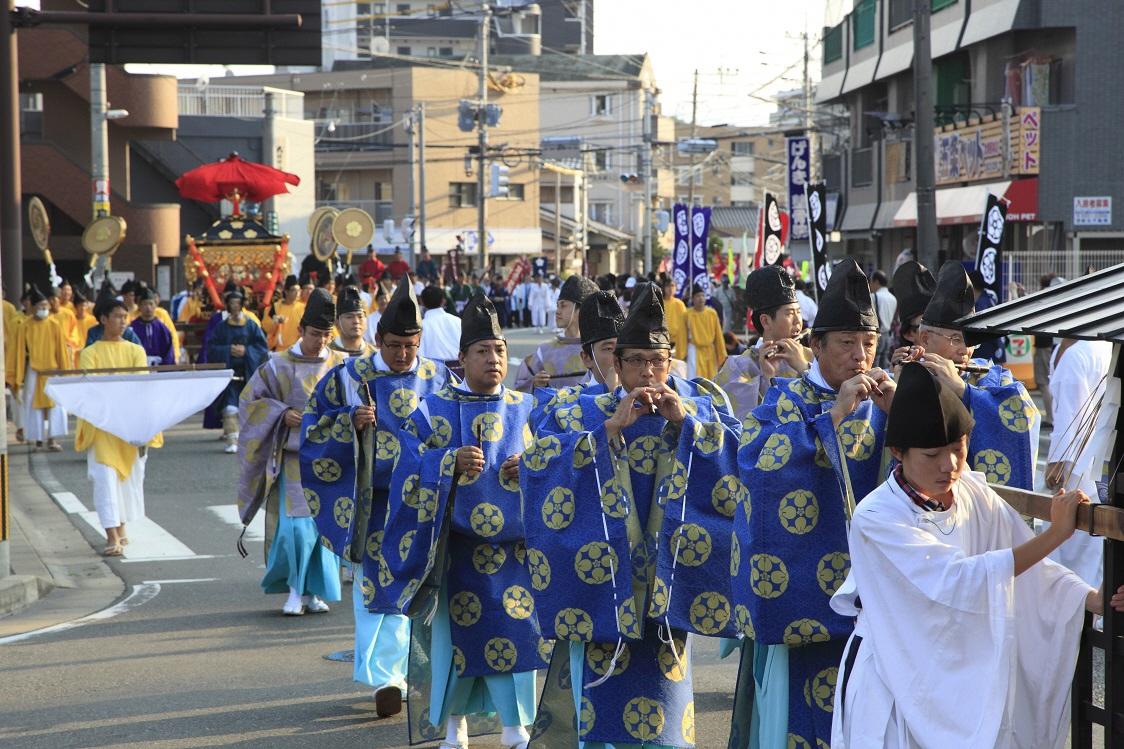
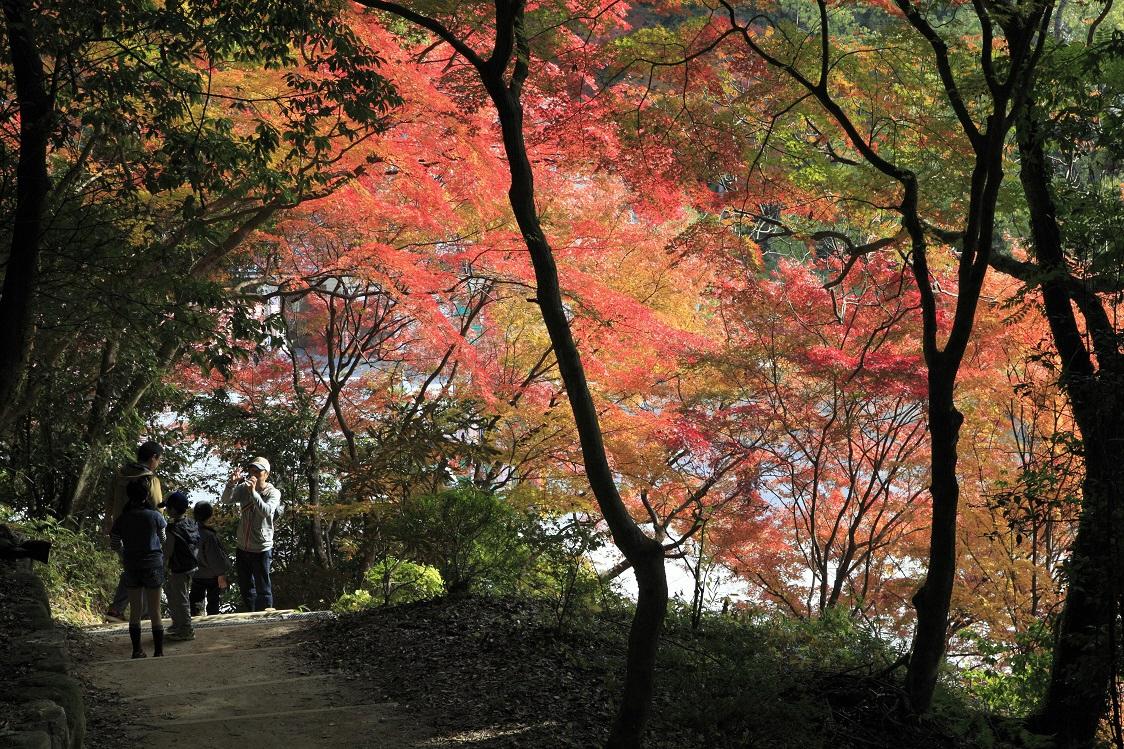
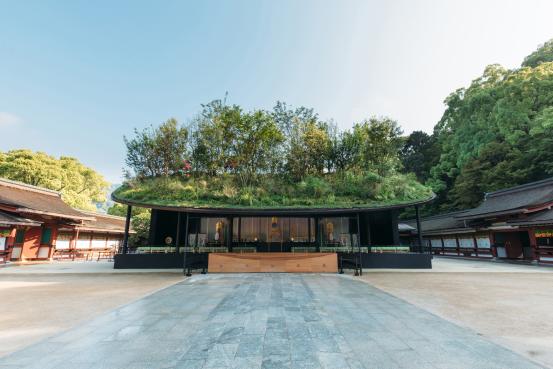
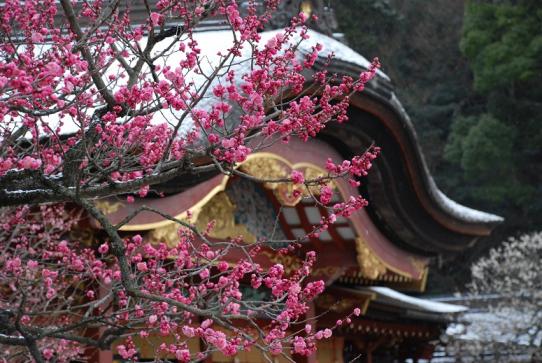
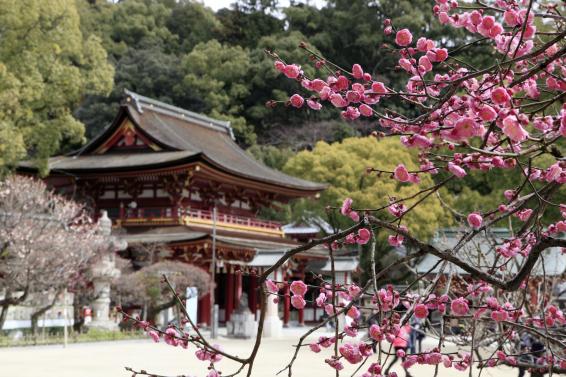
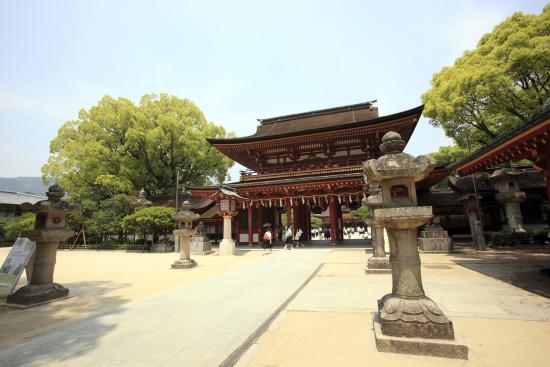
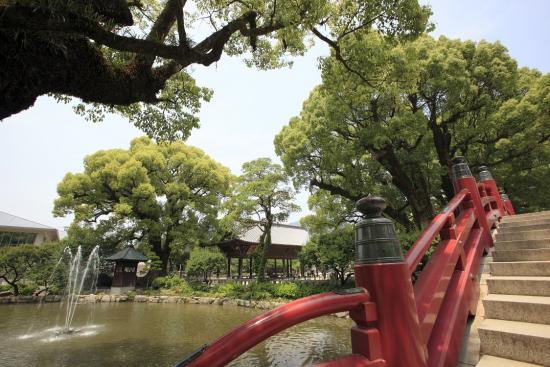
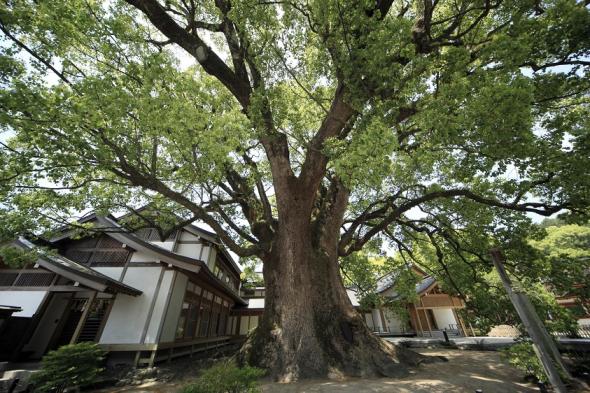
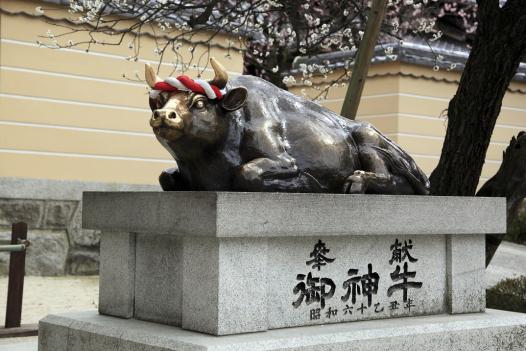
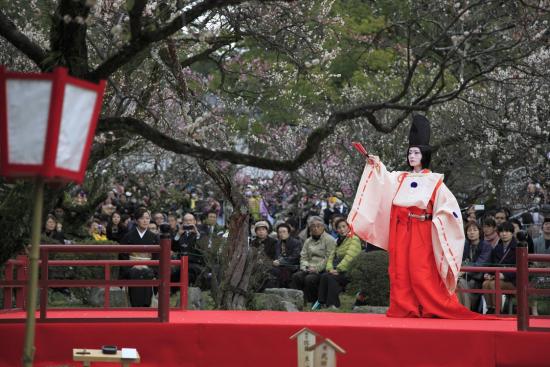
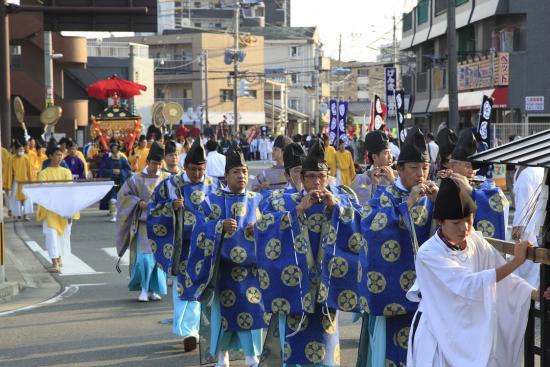
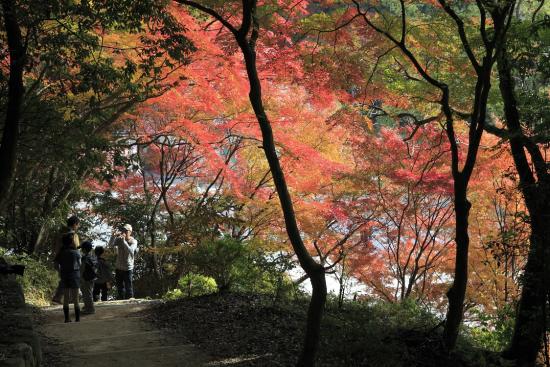
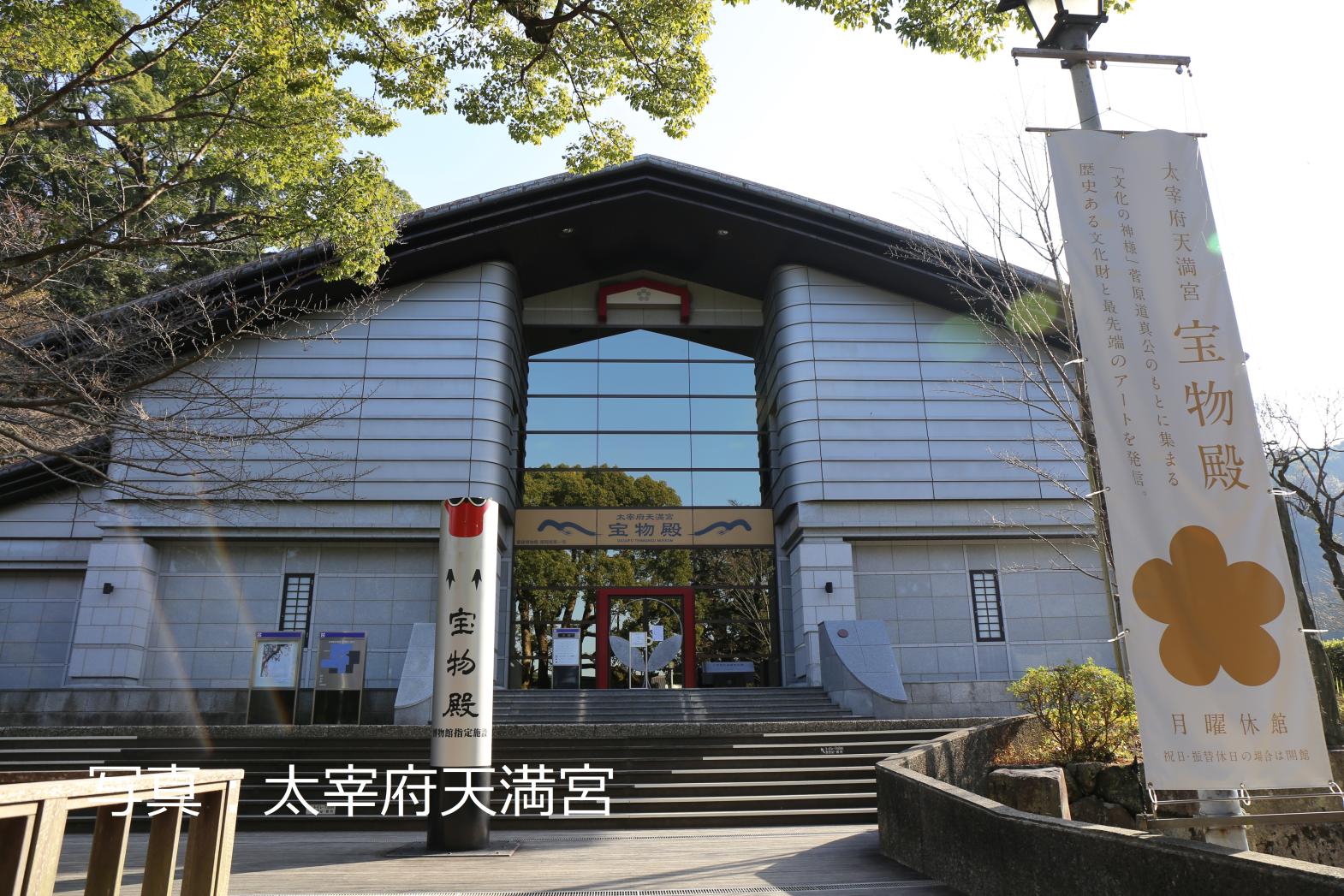
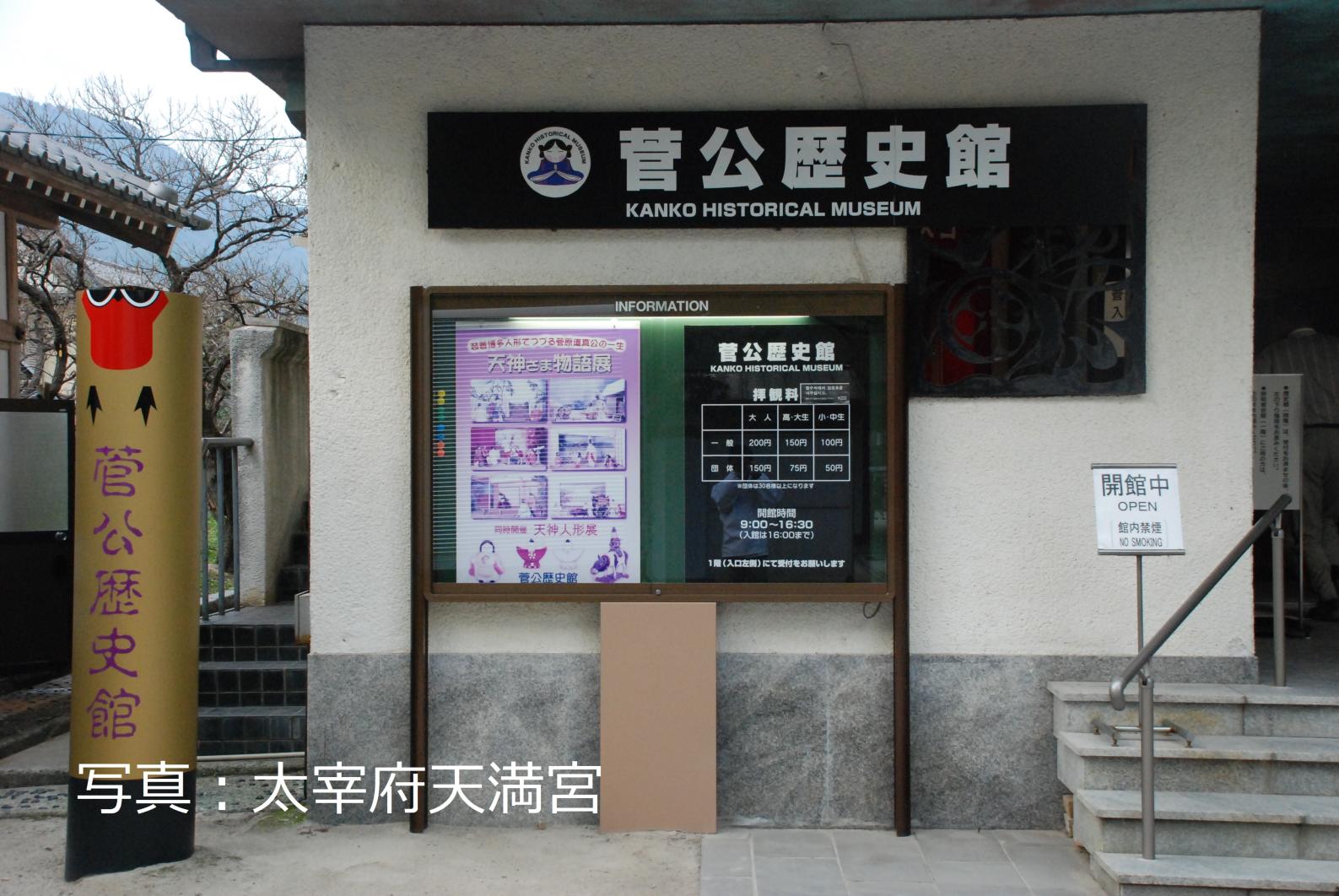
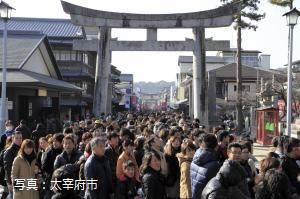
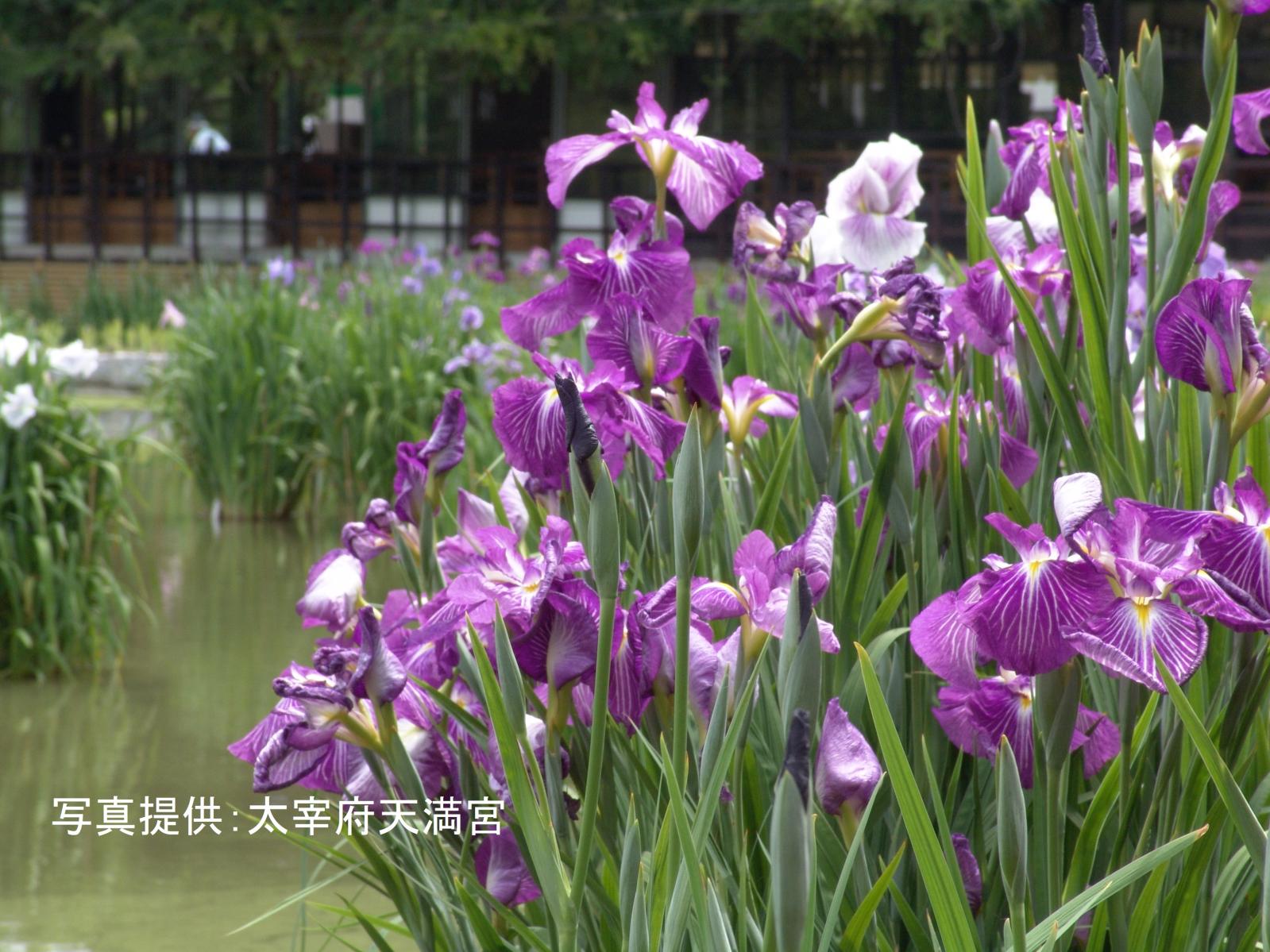
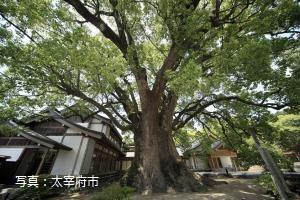
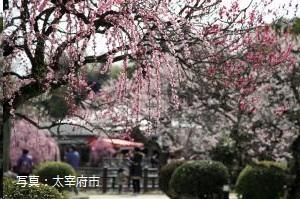
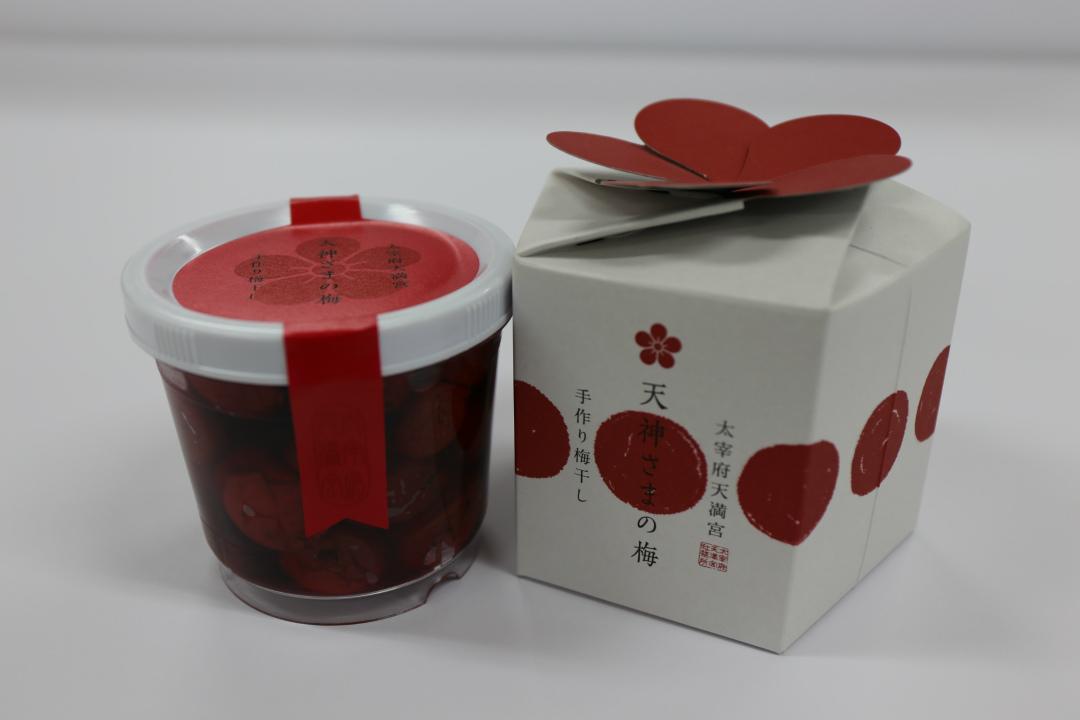
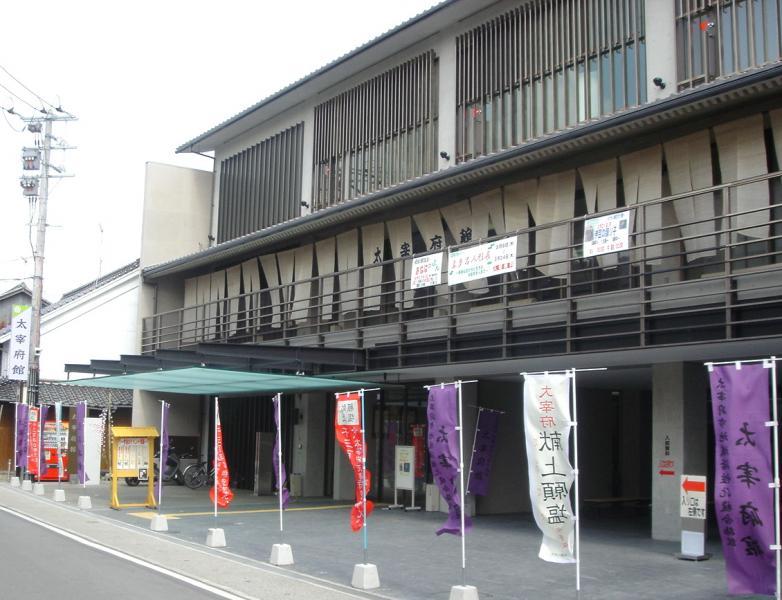
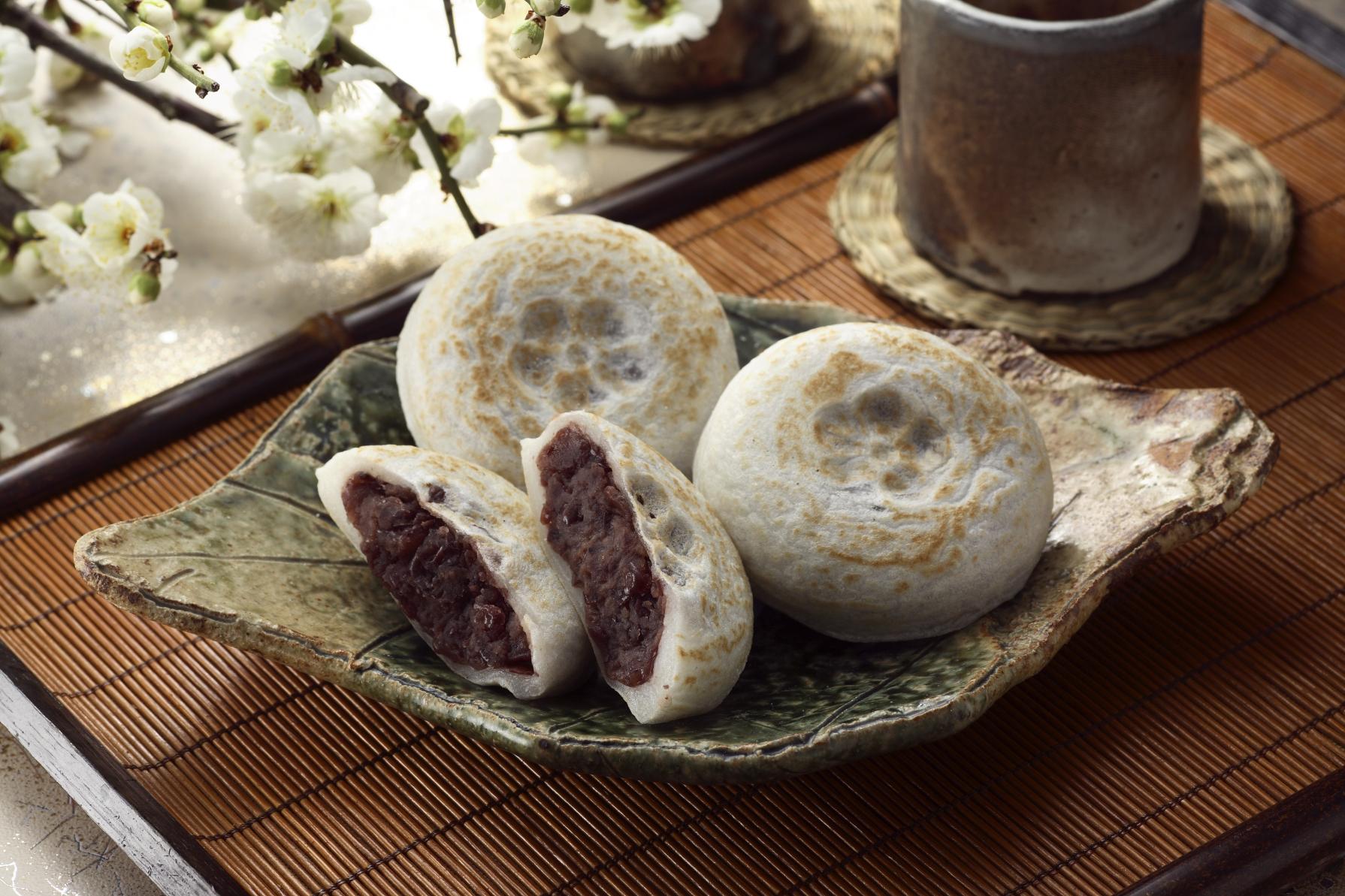
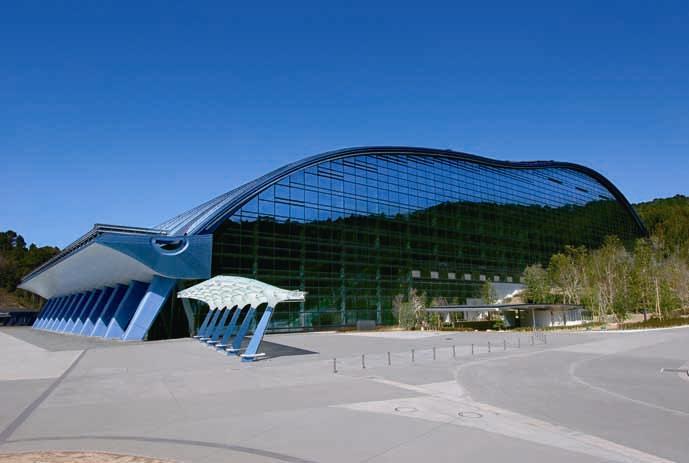
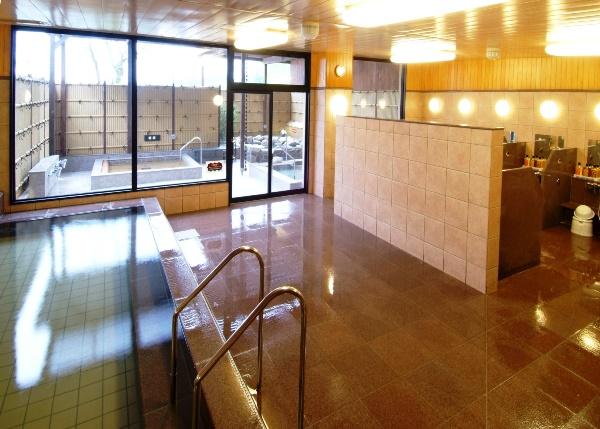
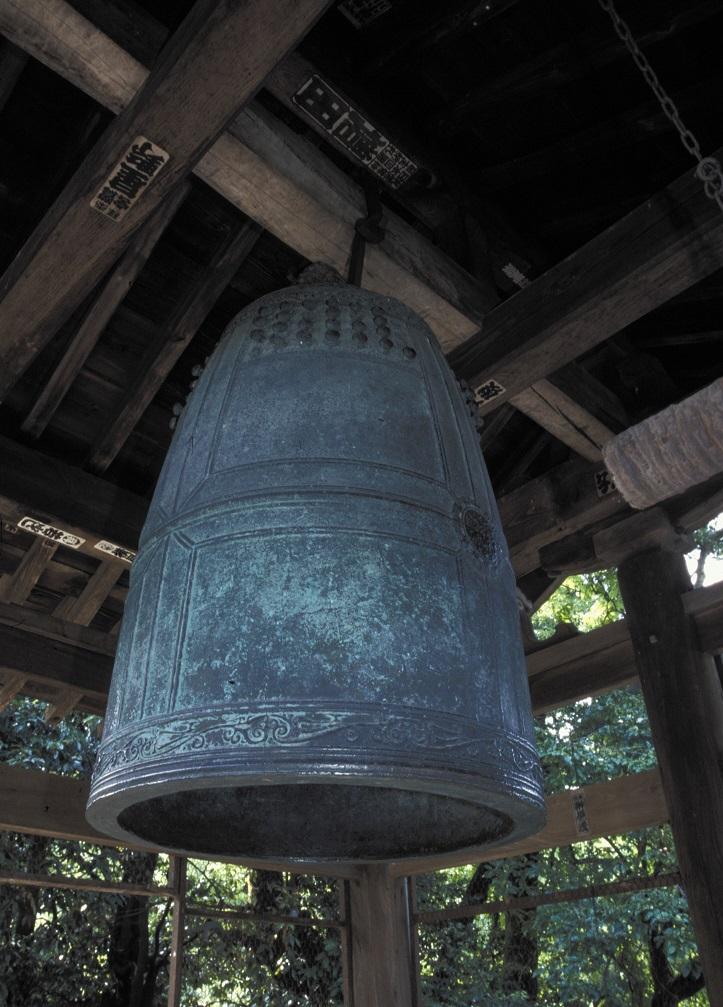
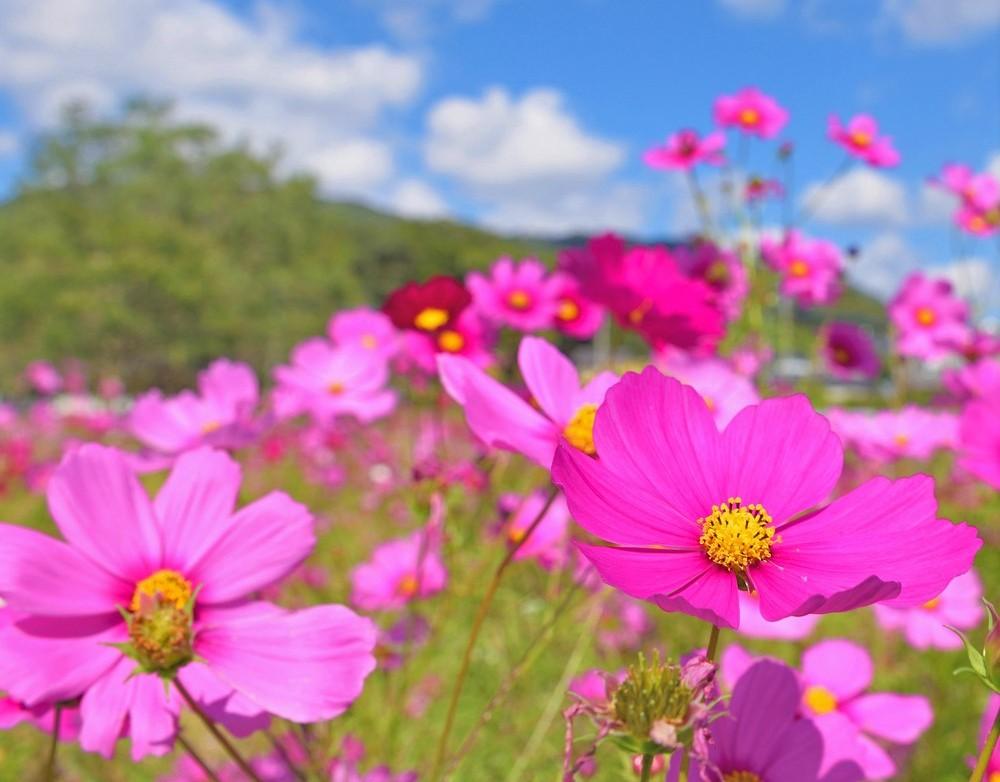
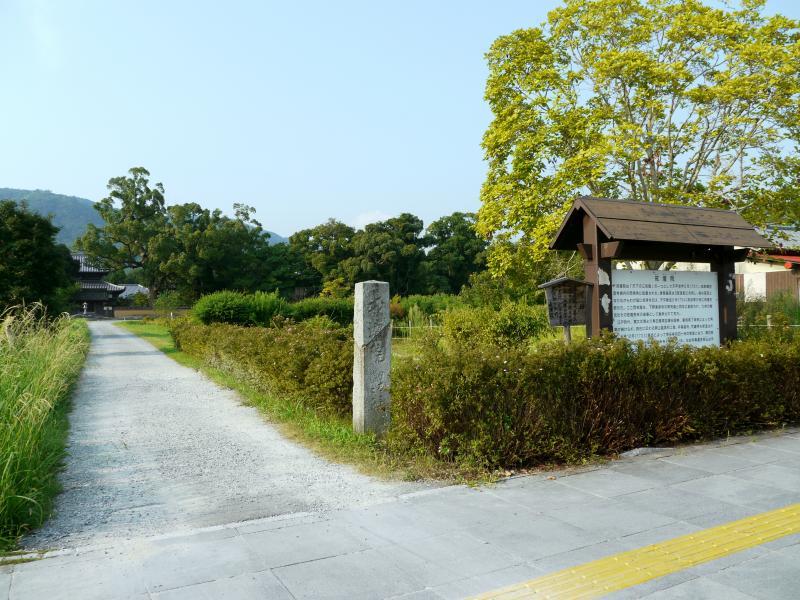
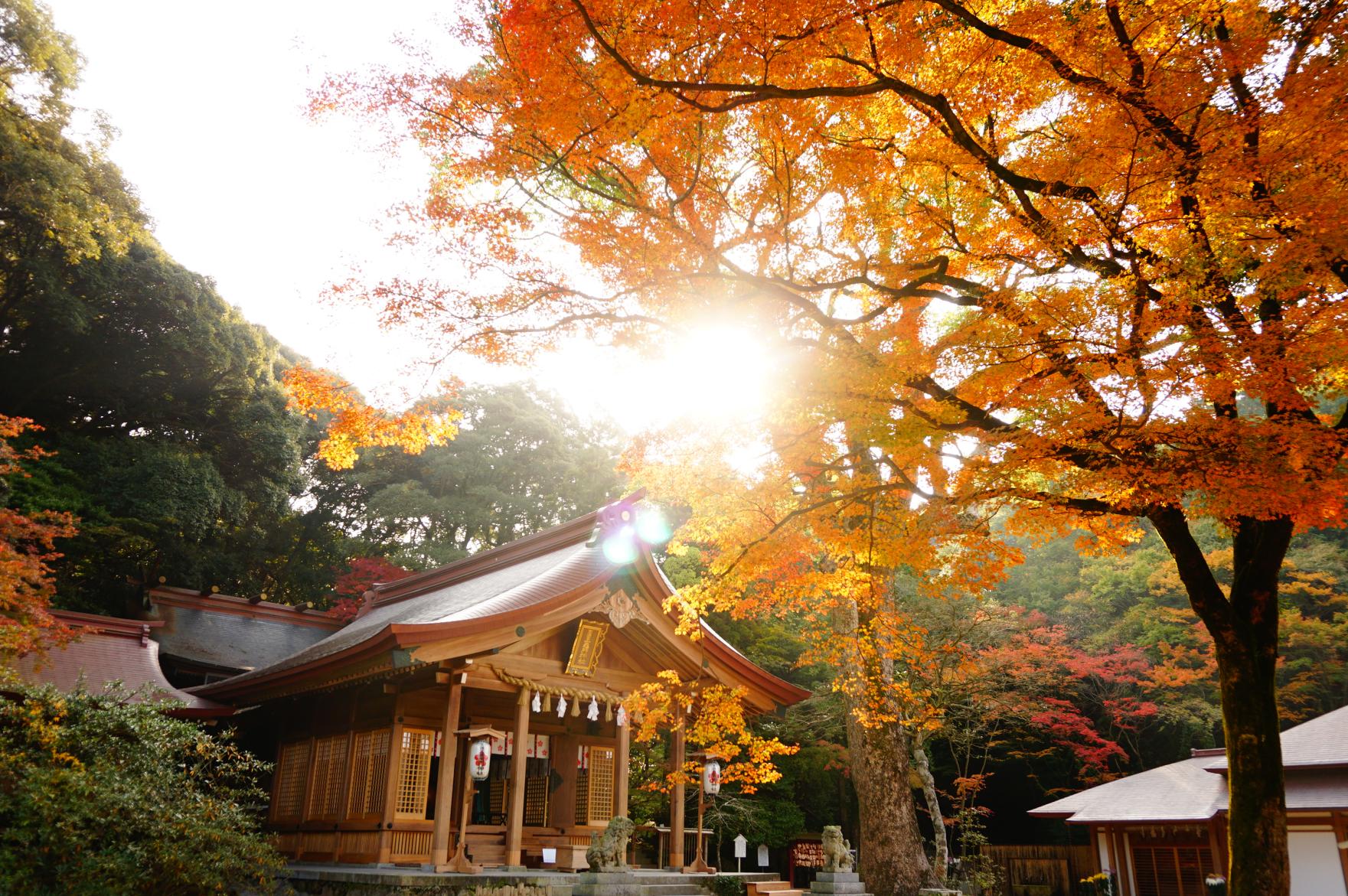
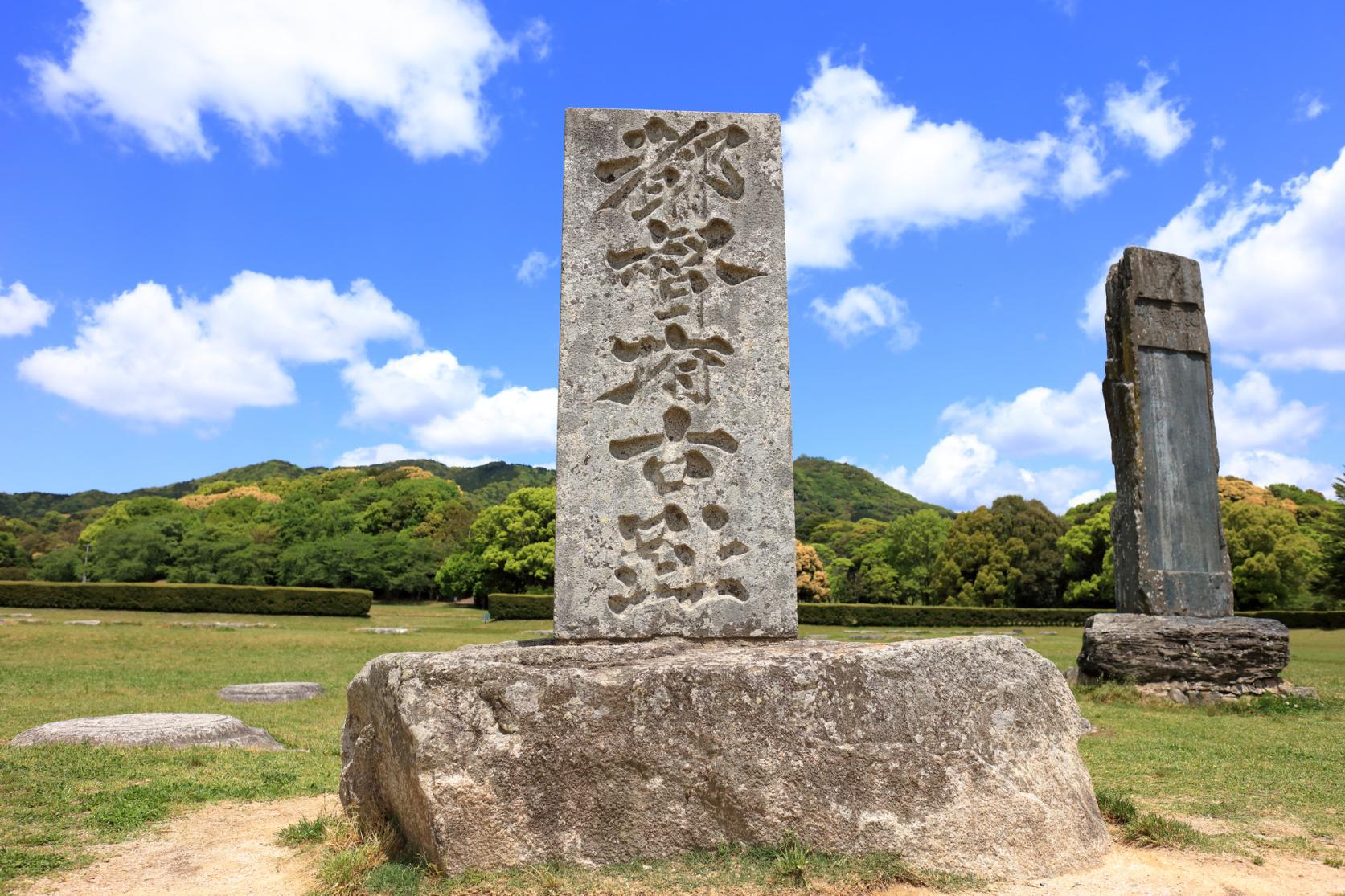
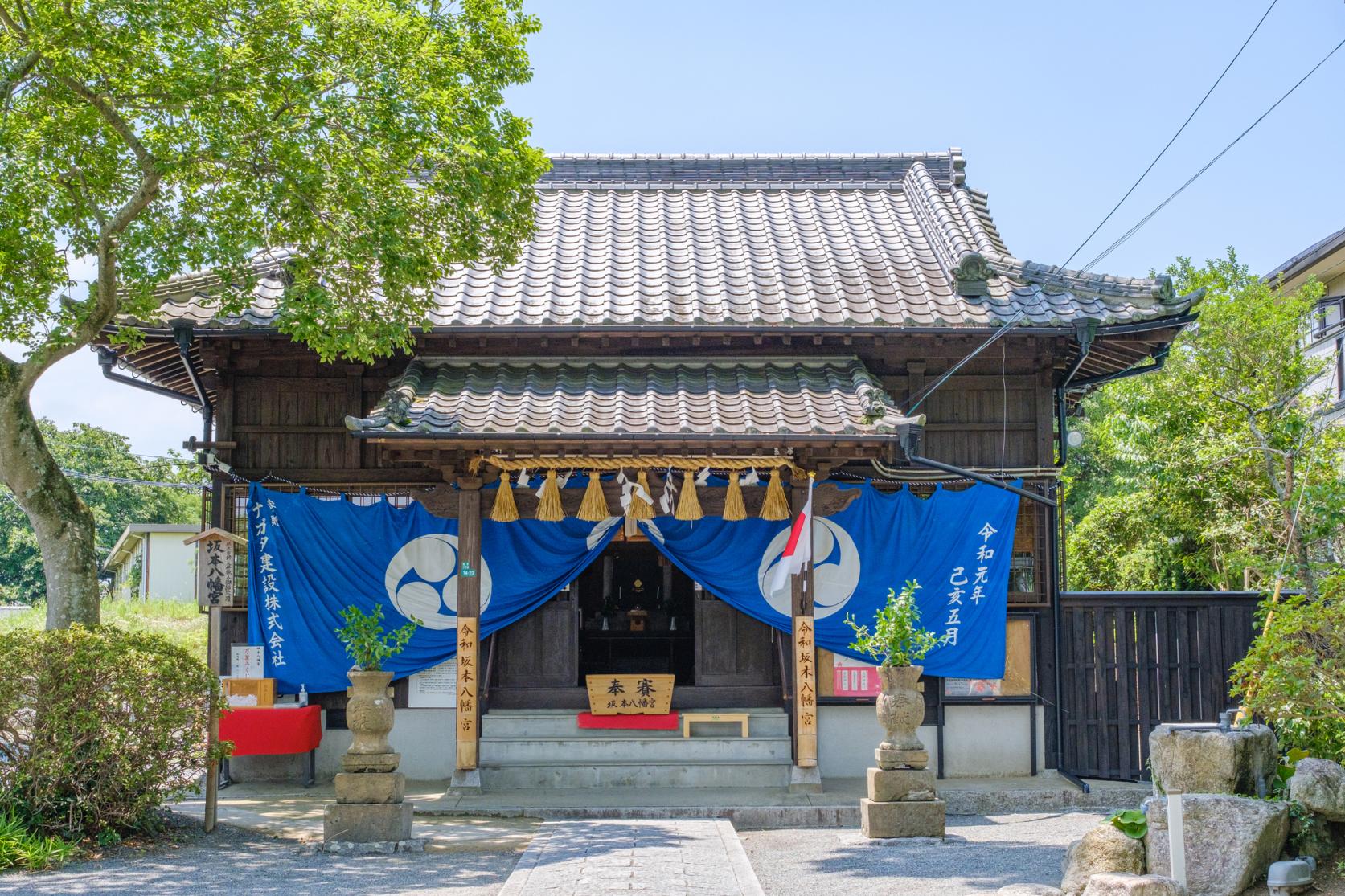
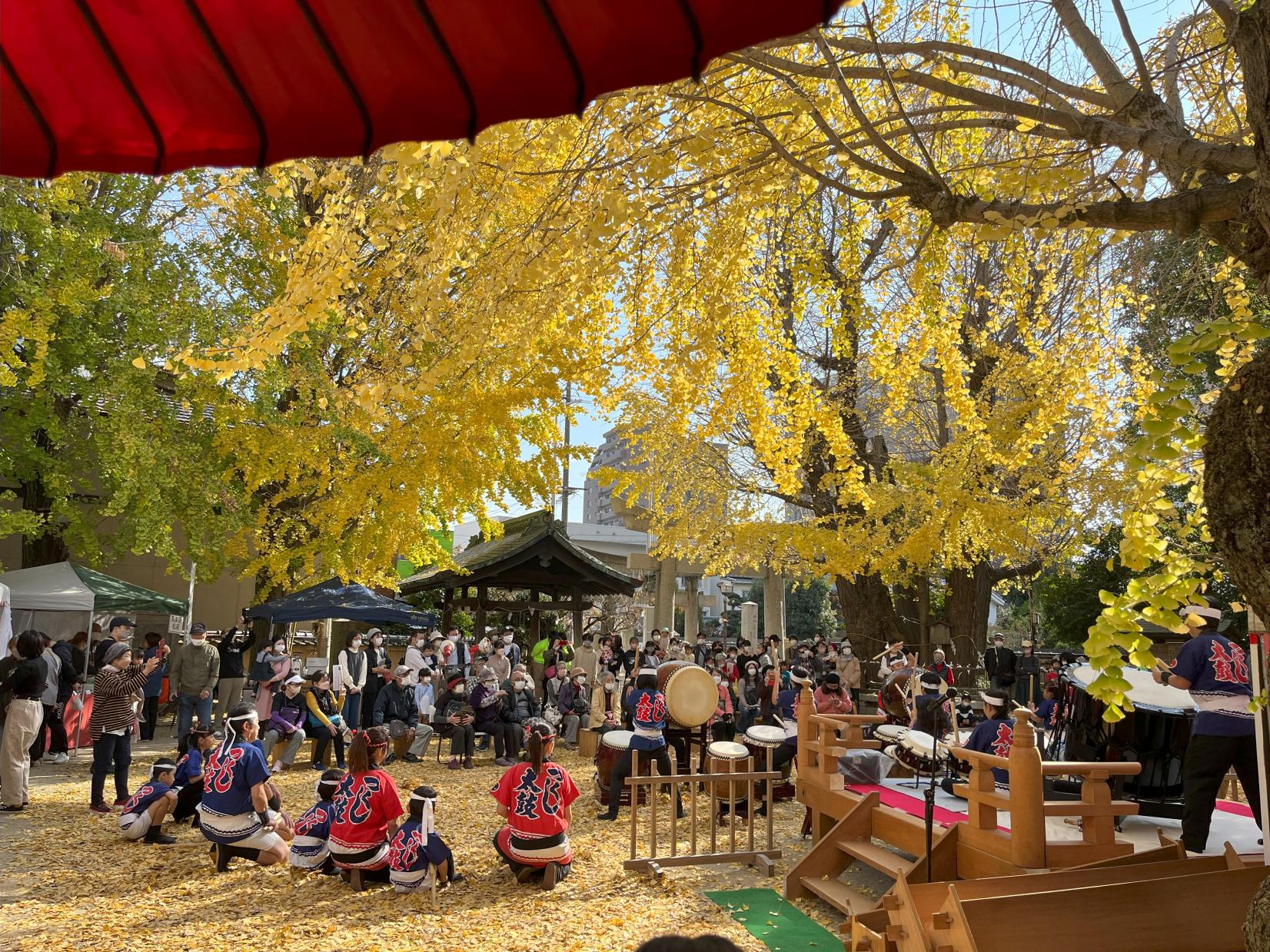
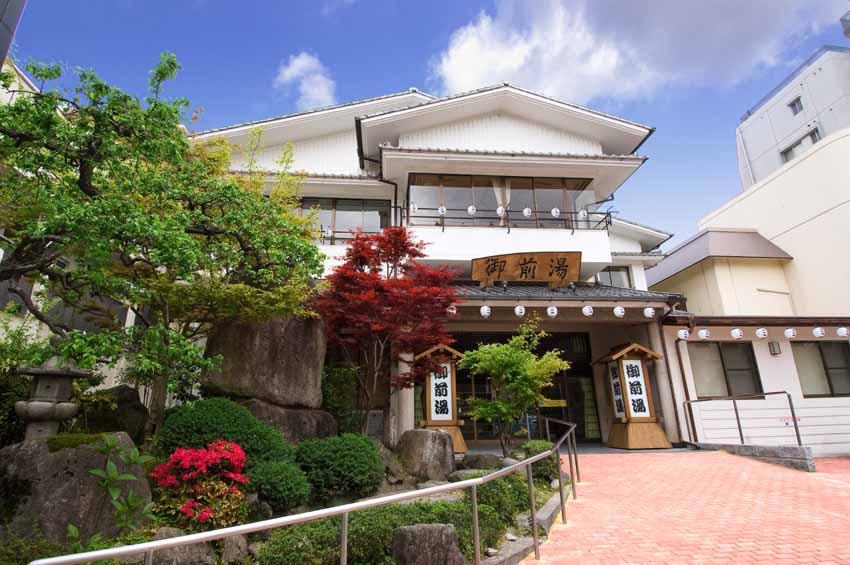
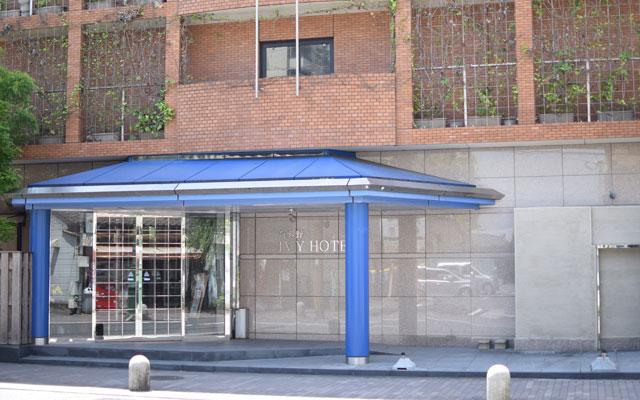
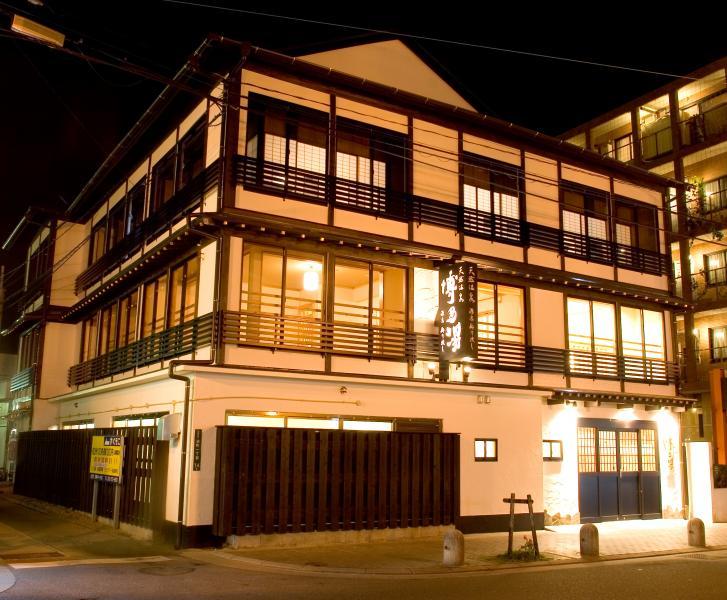
![[Futsukaichi Onsen] Daikanso](https://www.crossroadfukuoka.jp/storage/tourism_attractions/10577/responsive_images/iaWma0AiWWvQfUu0UkhktrgnwLIjJzEjV3BBl1I7__600_450.jpg)
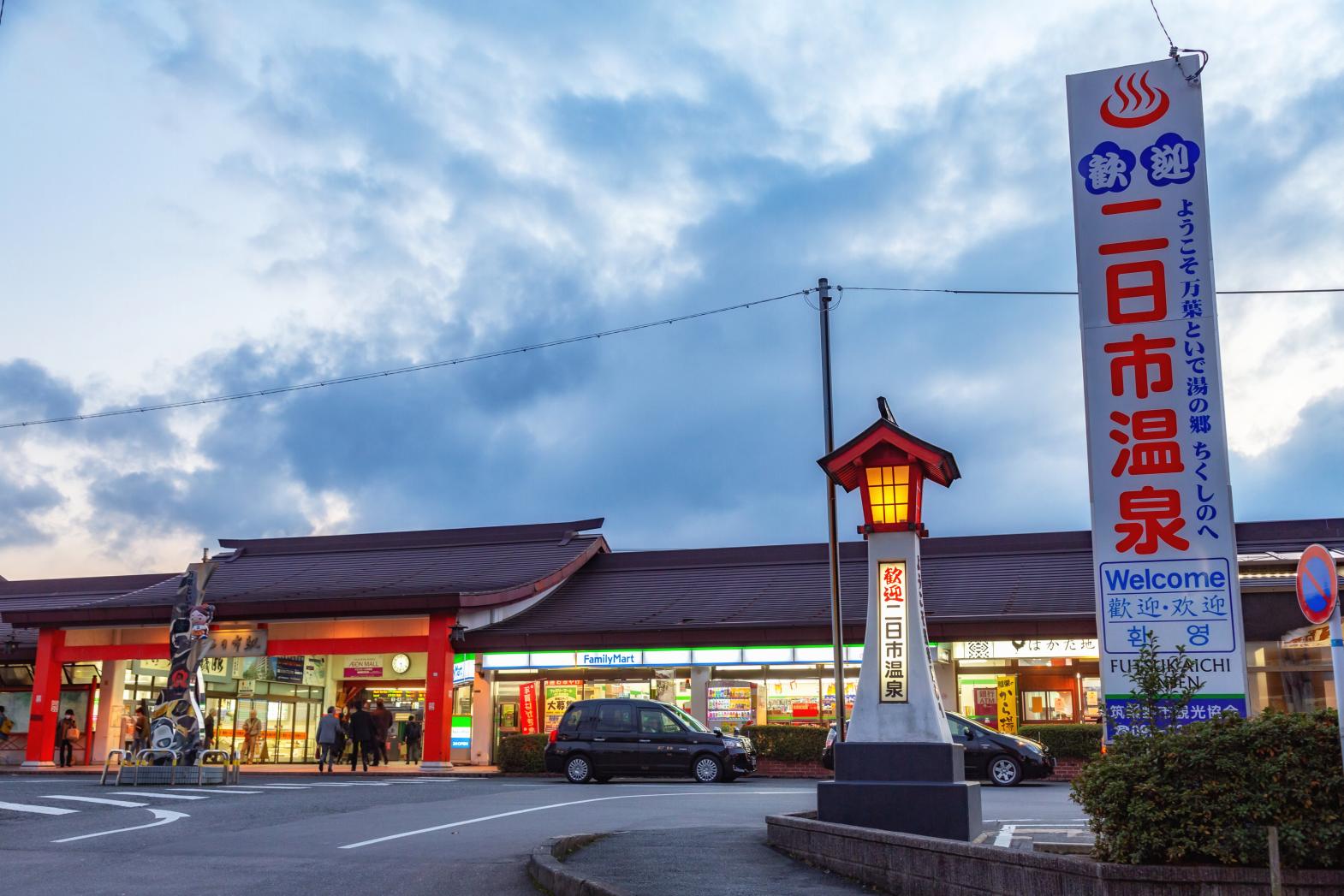
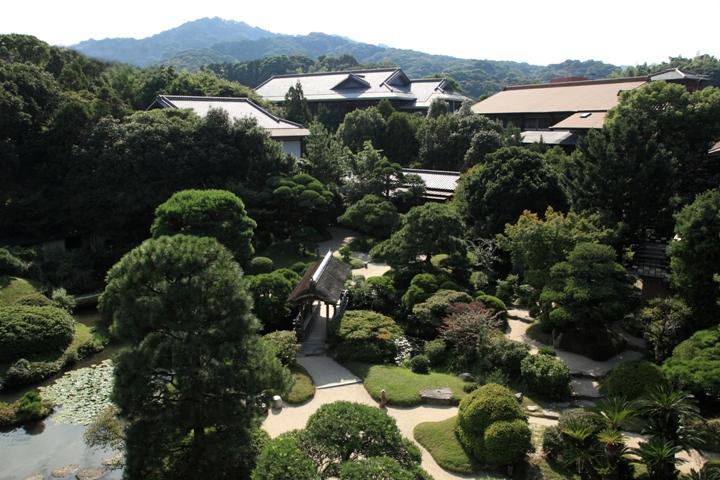
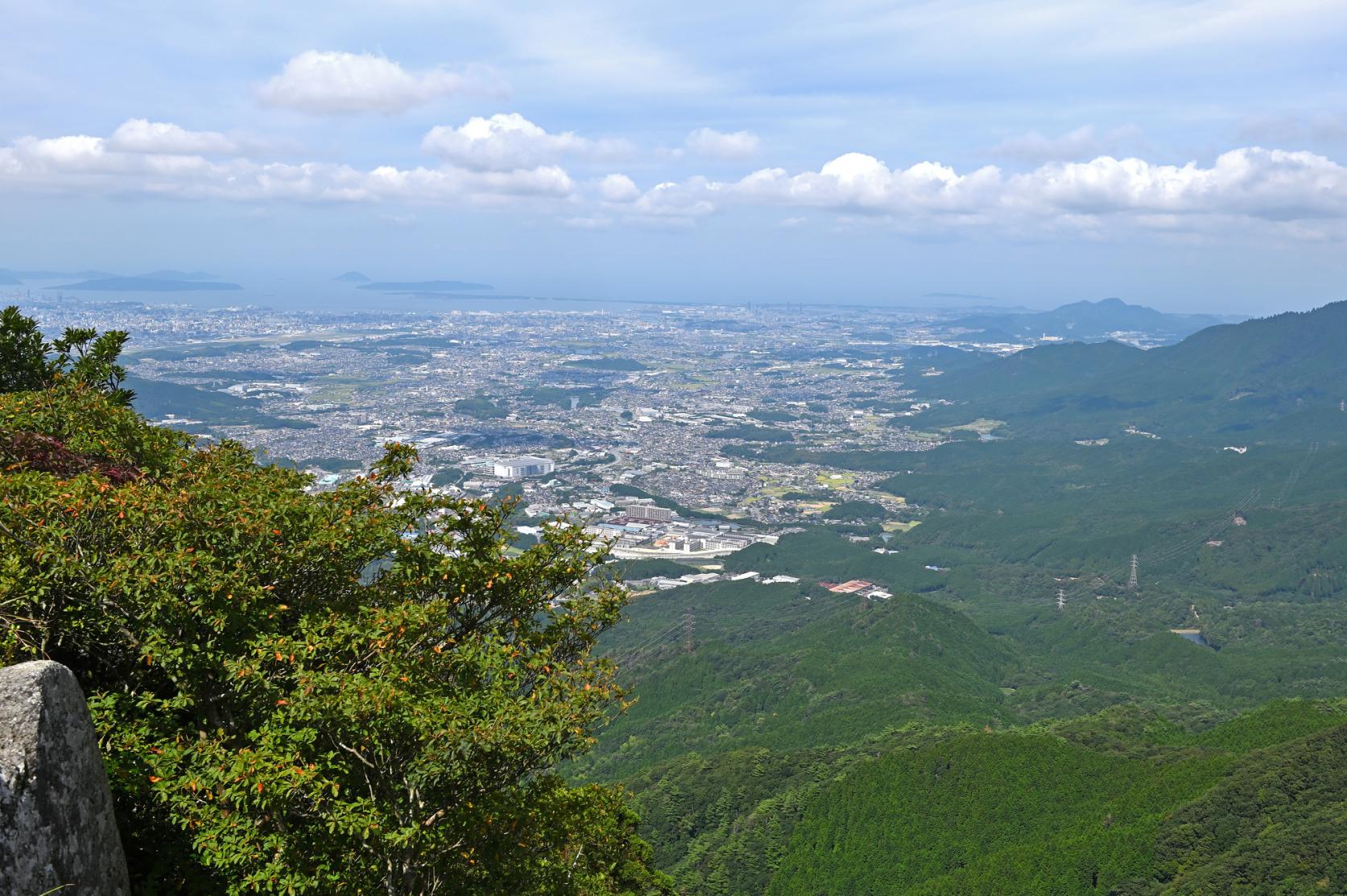
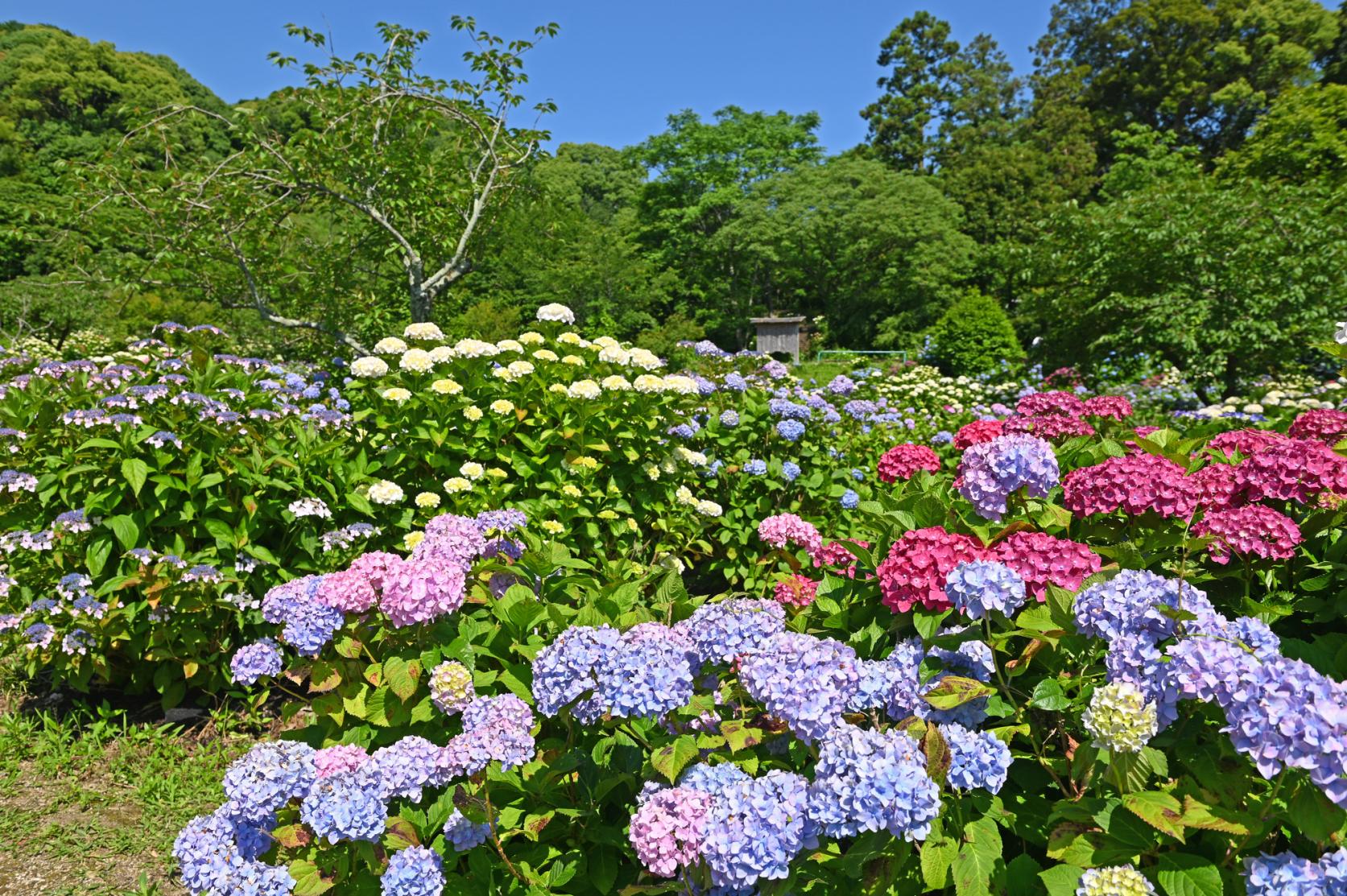
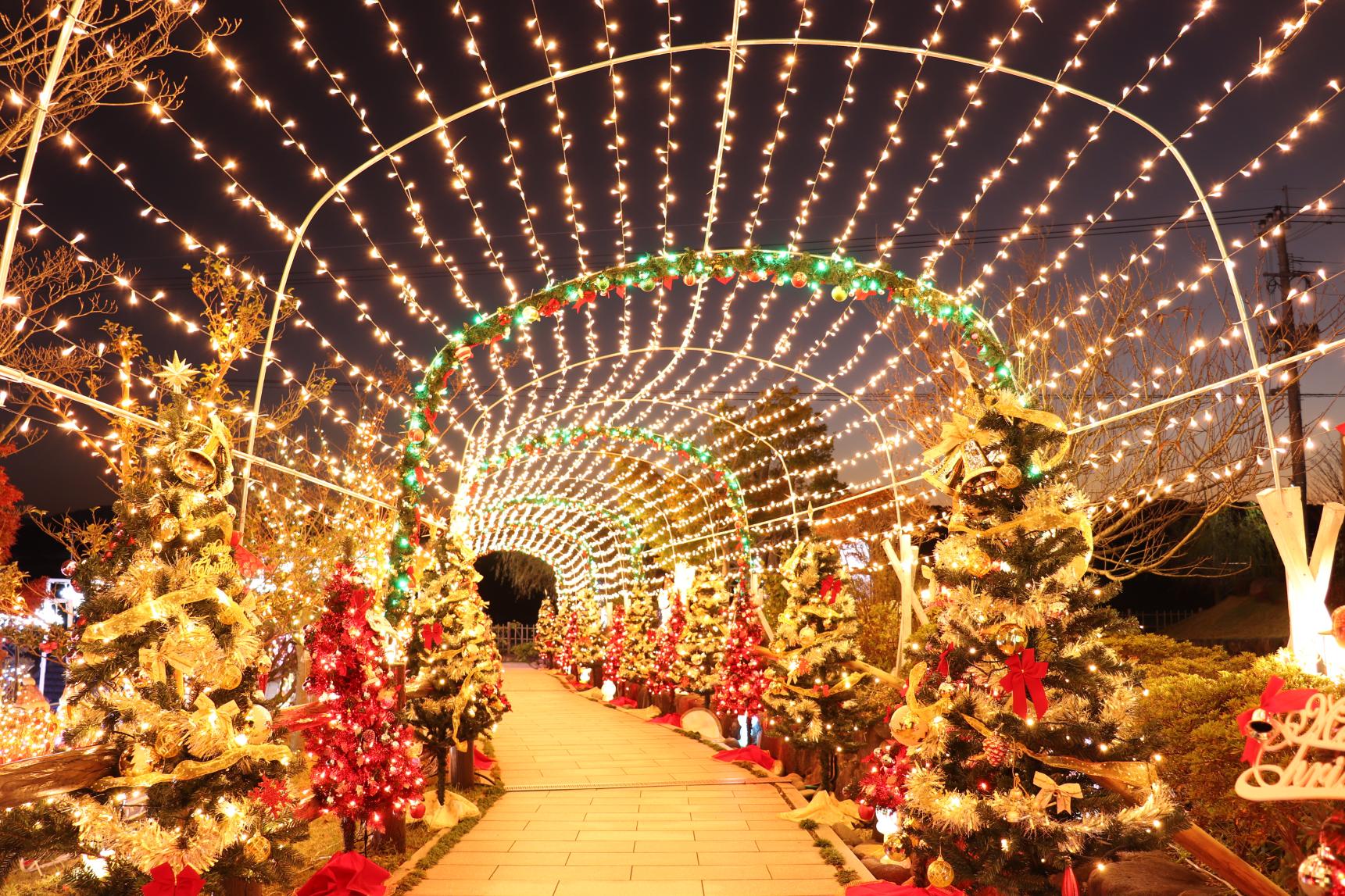
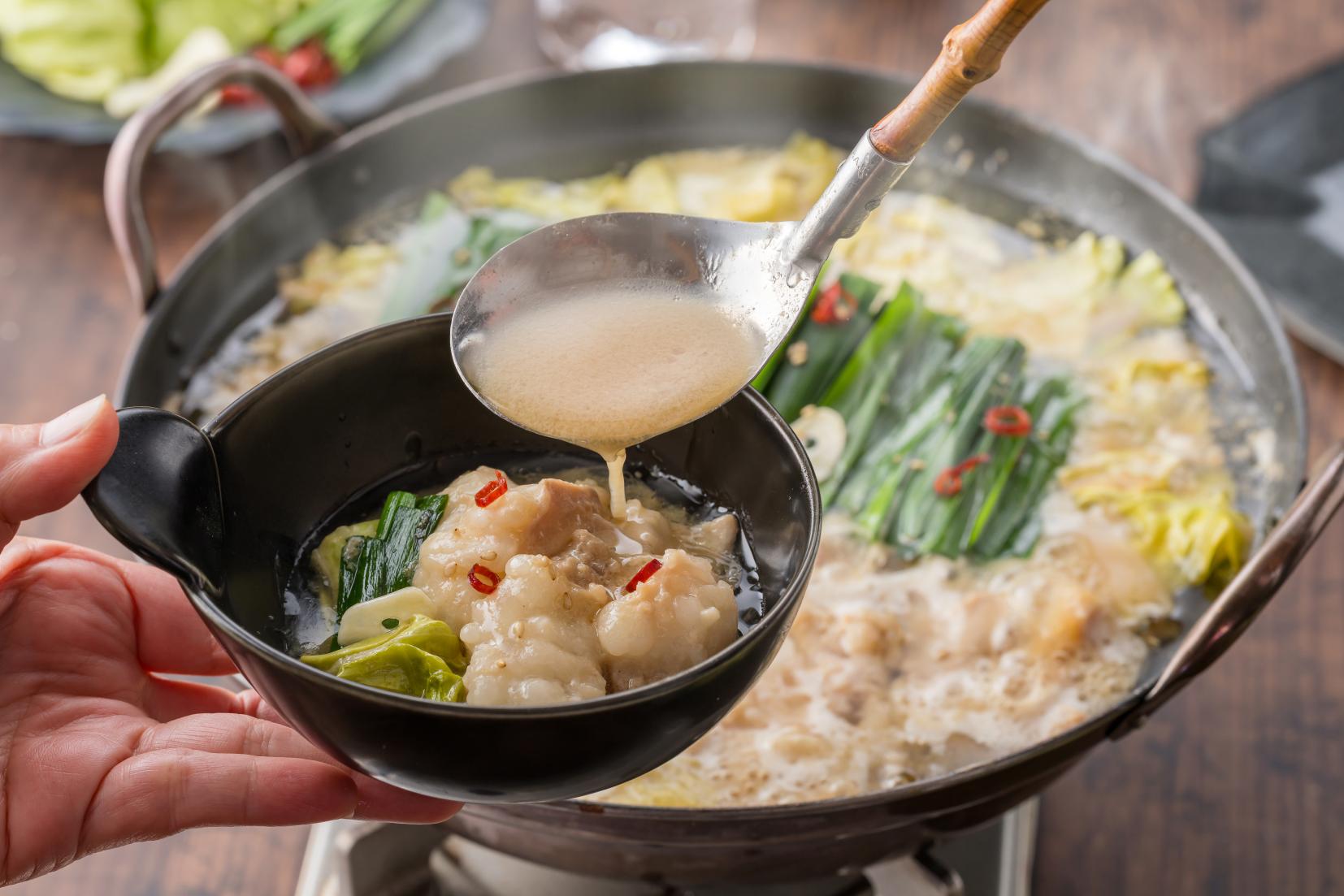
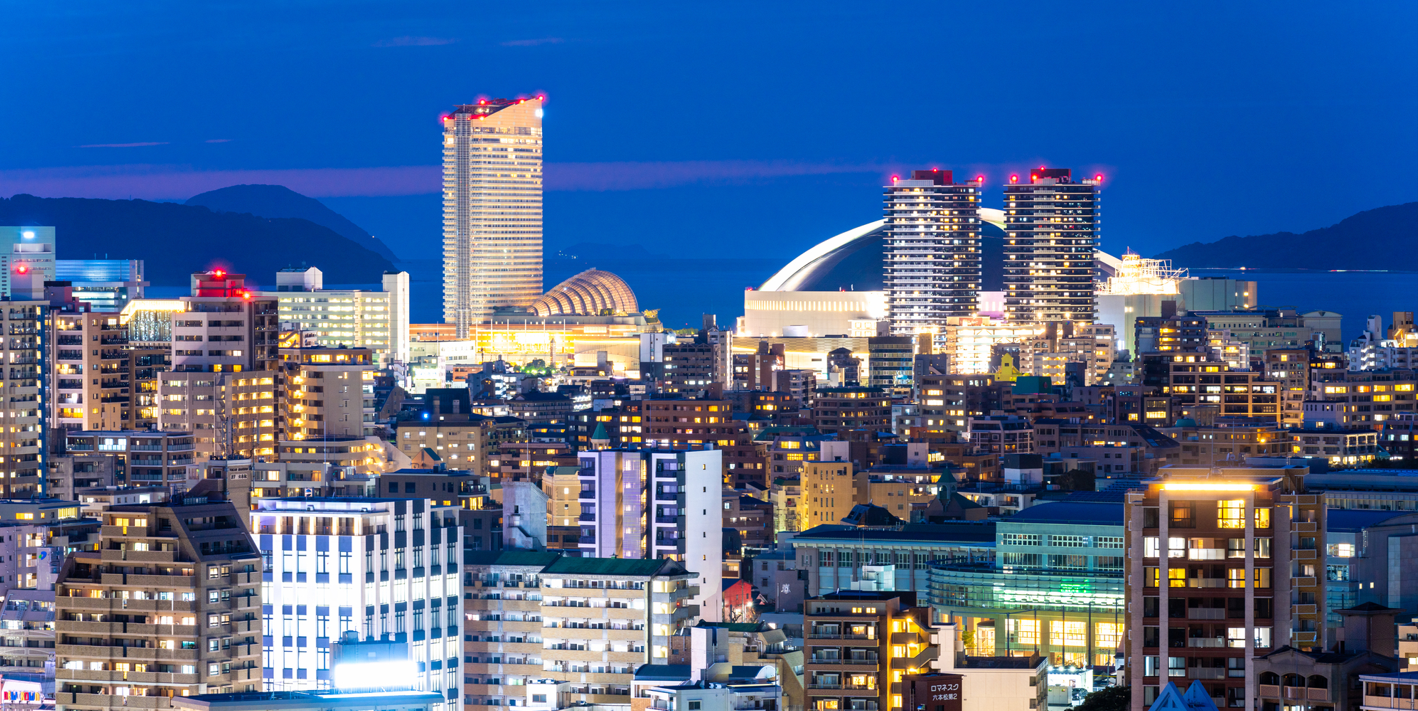
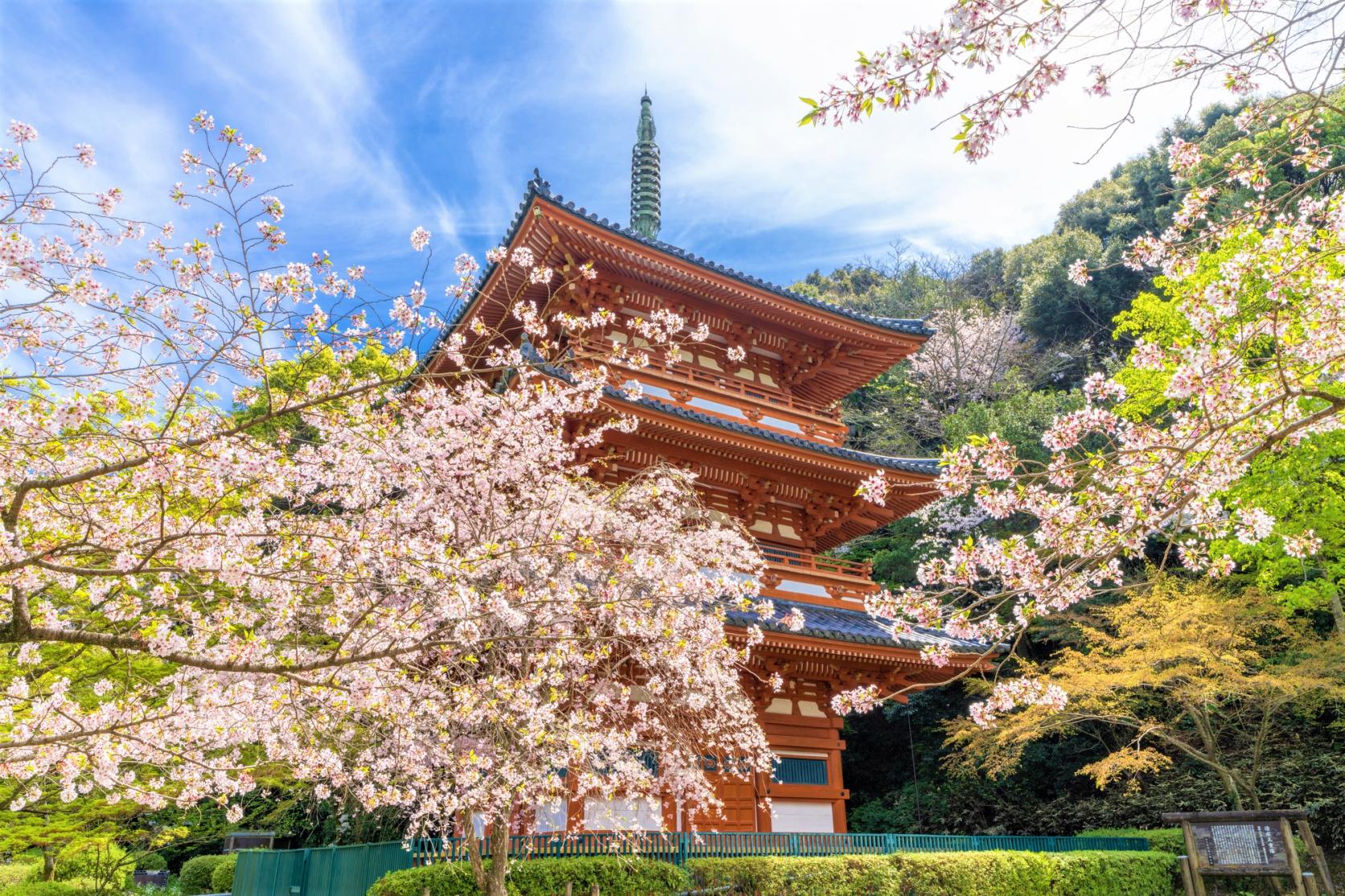
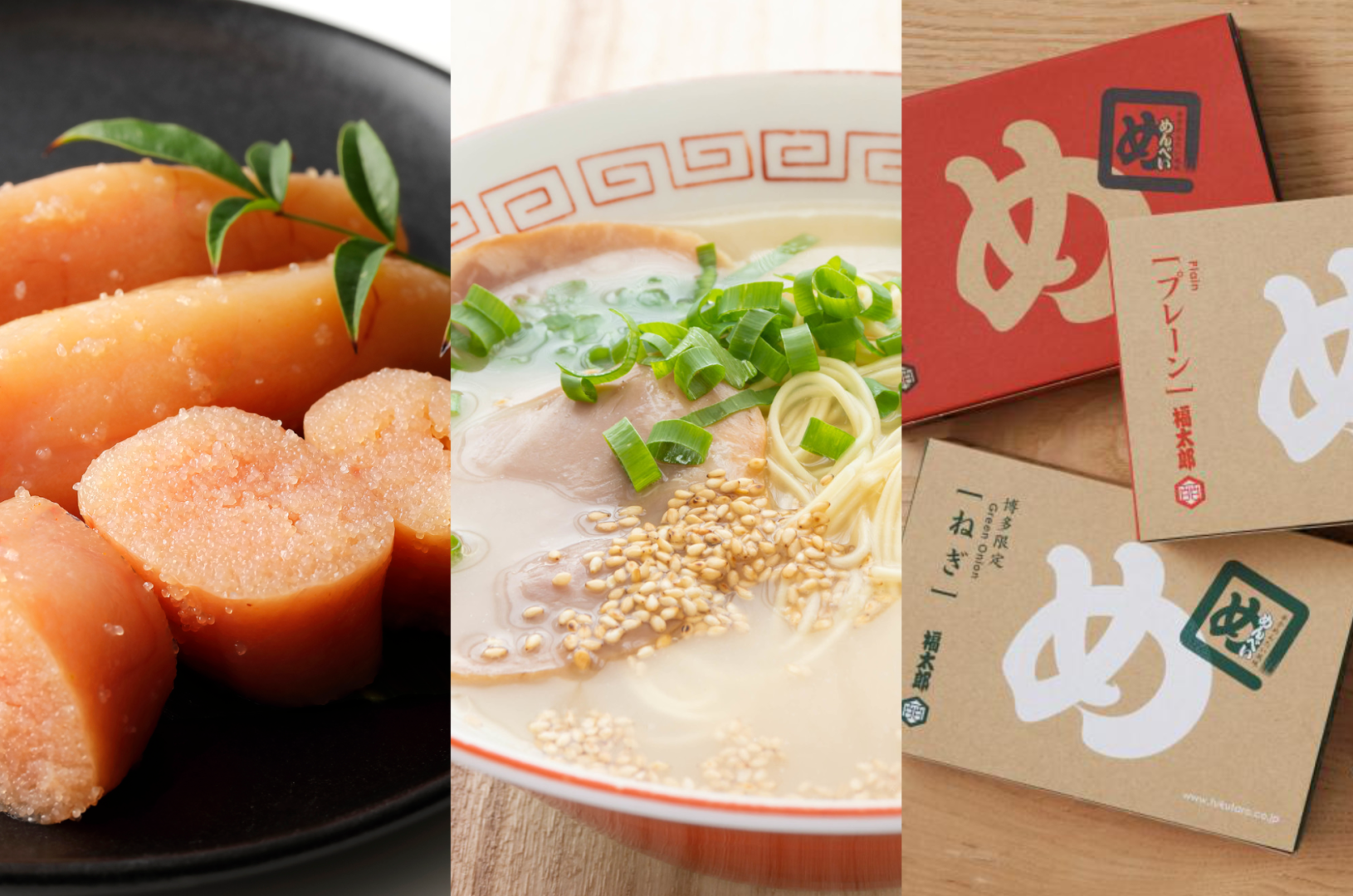
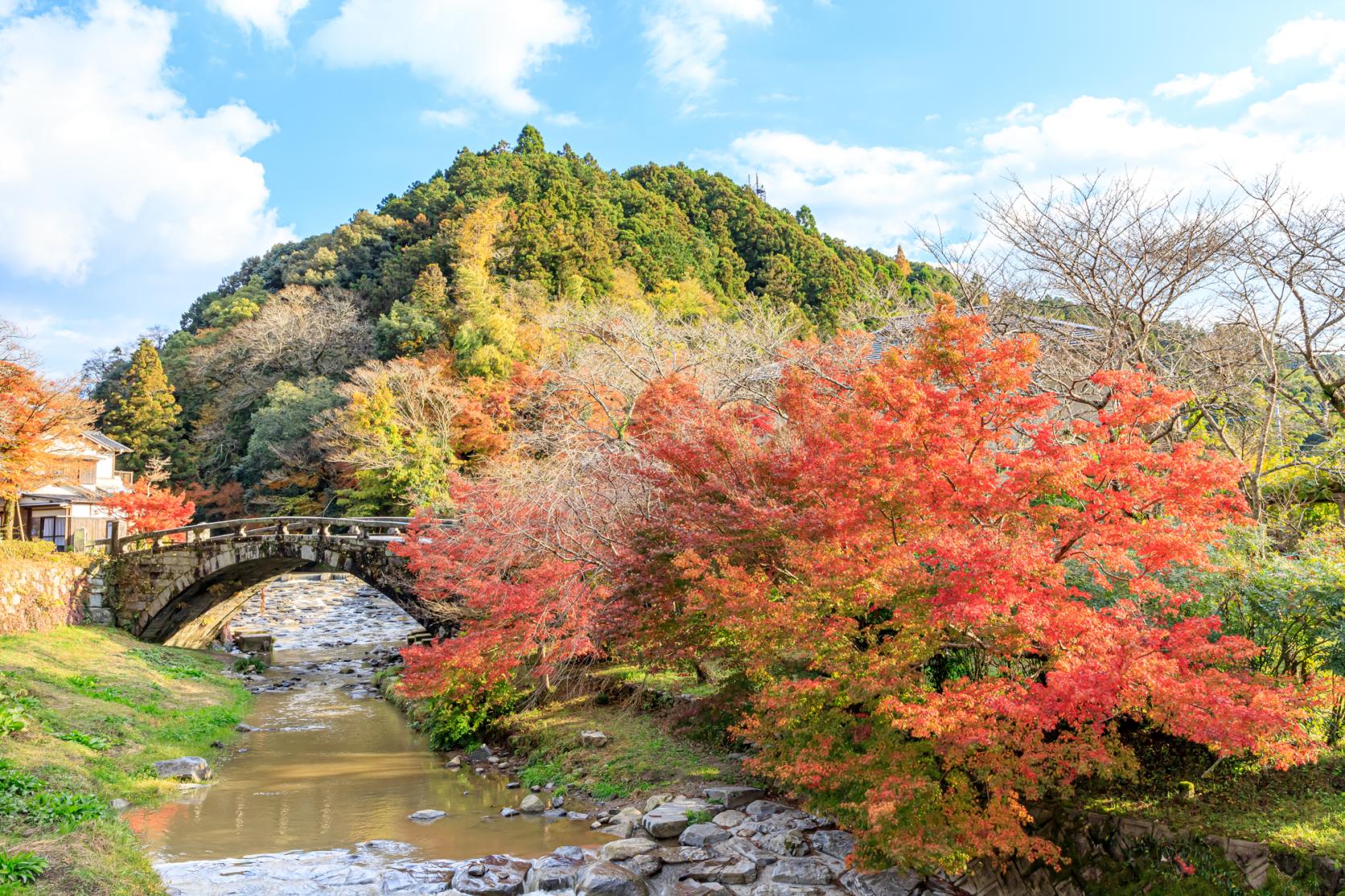

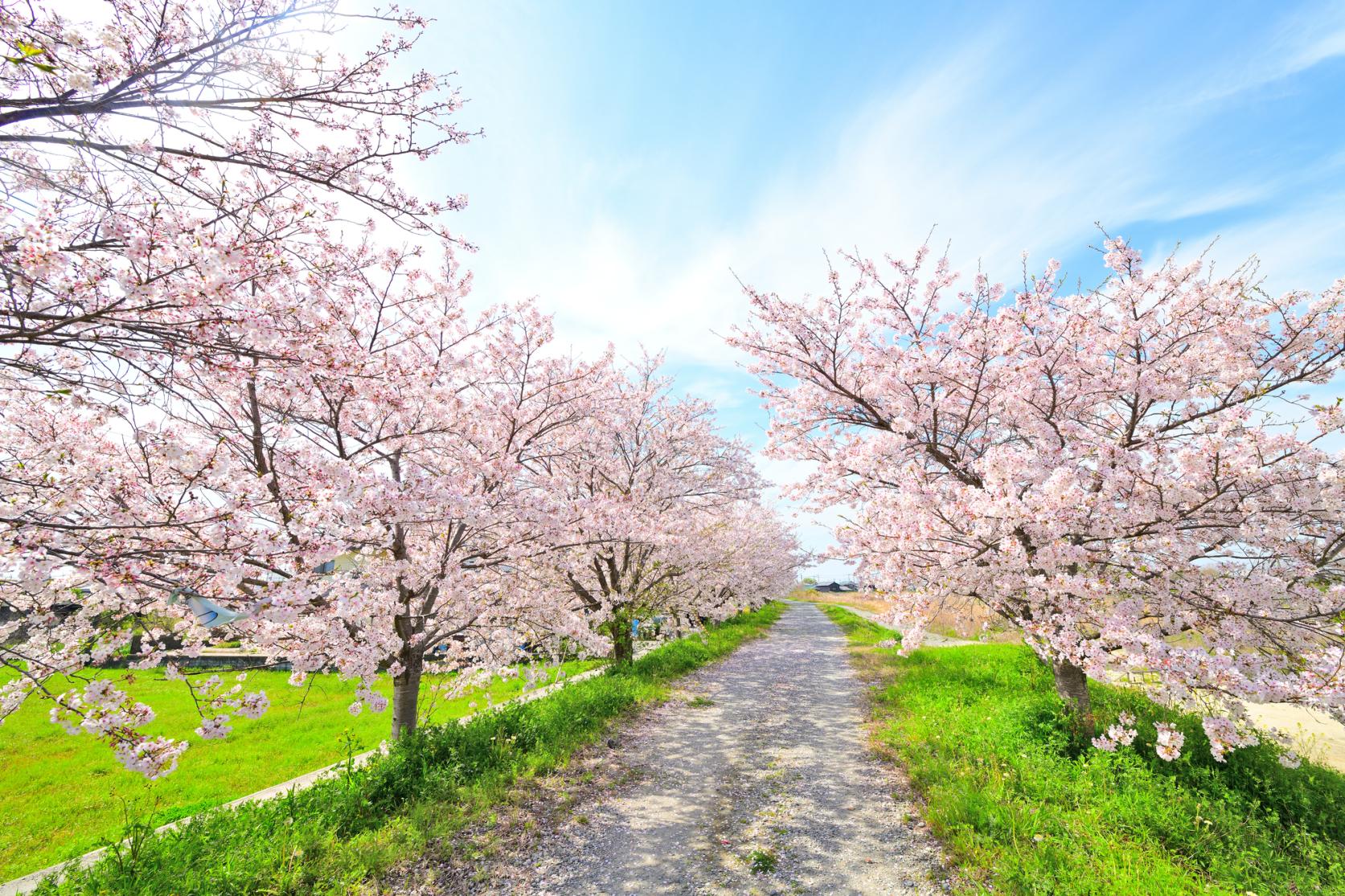
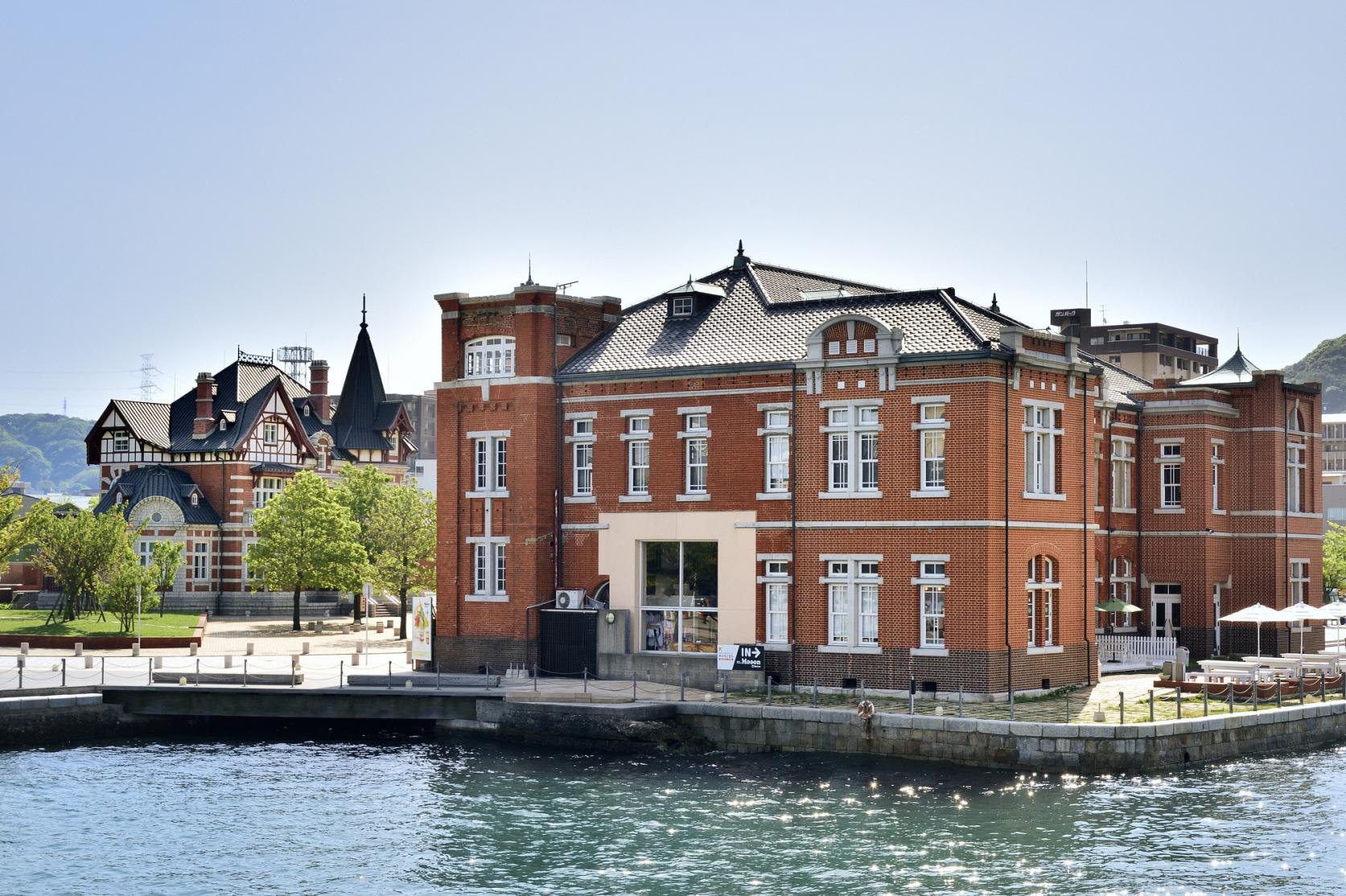
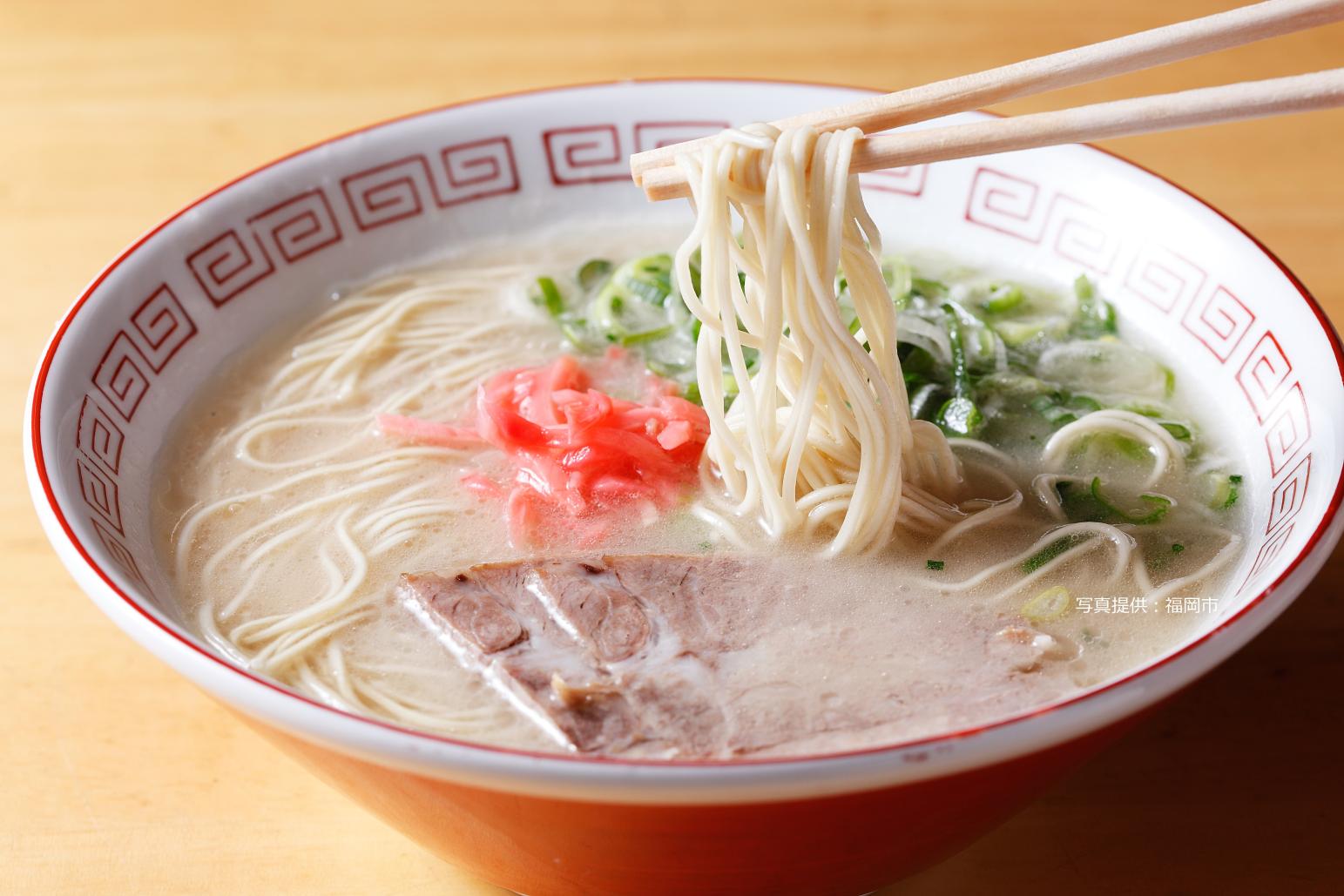
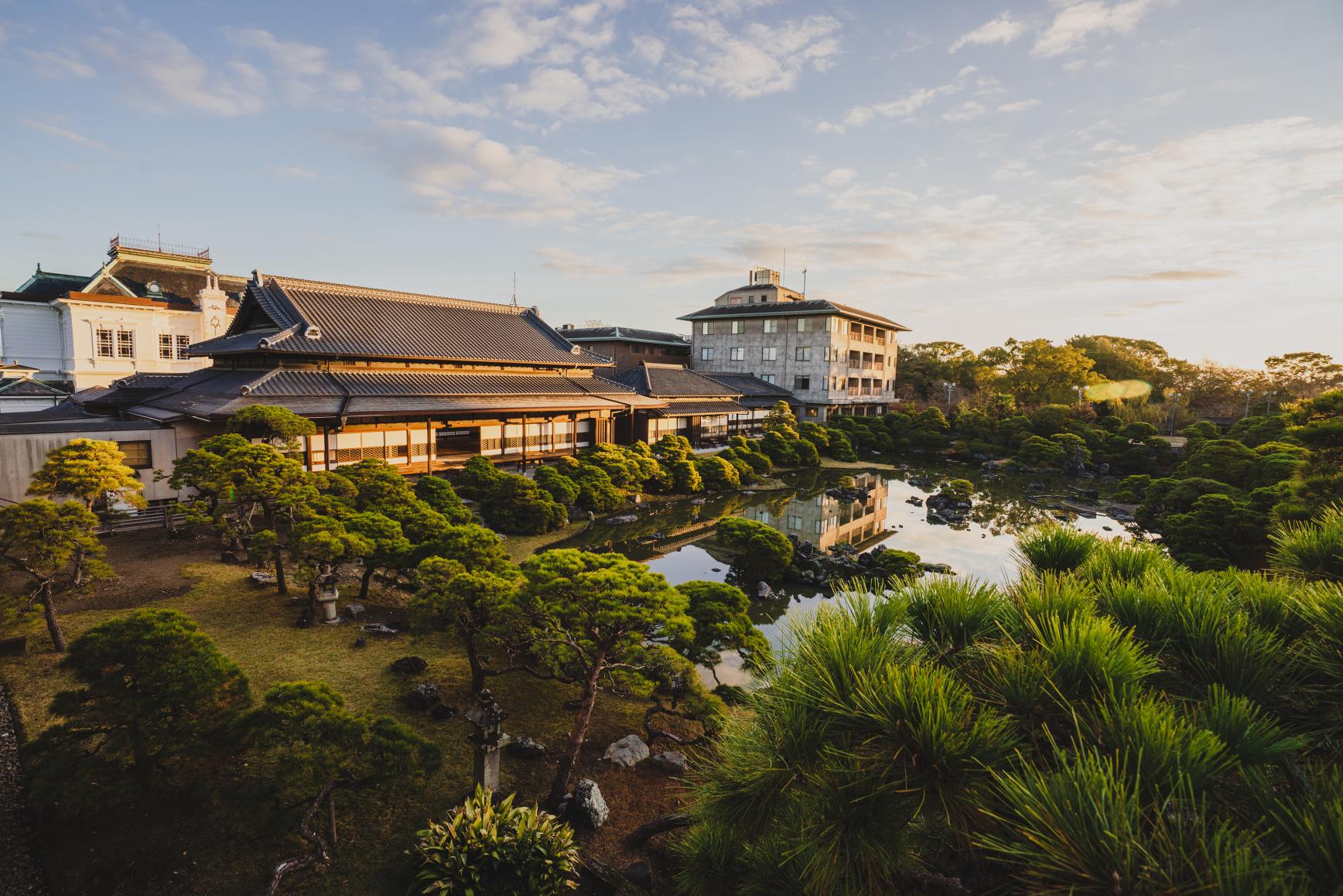
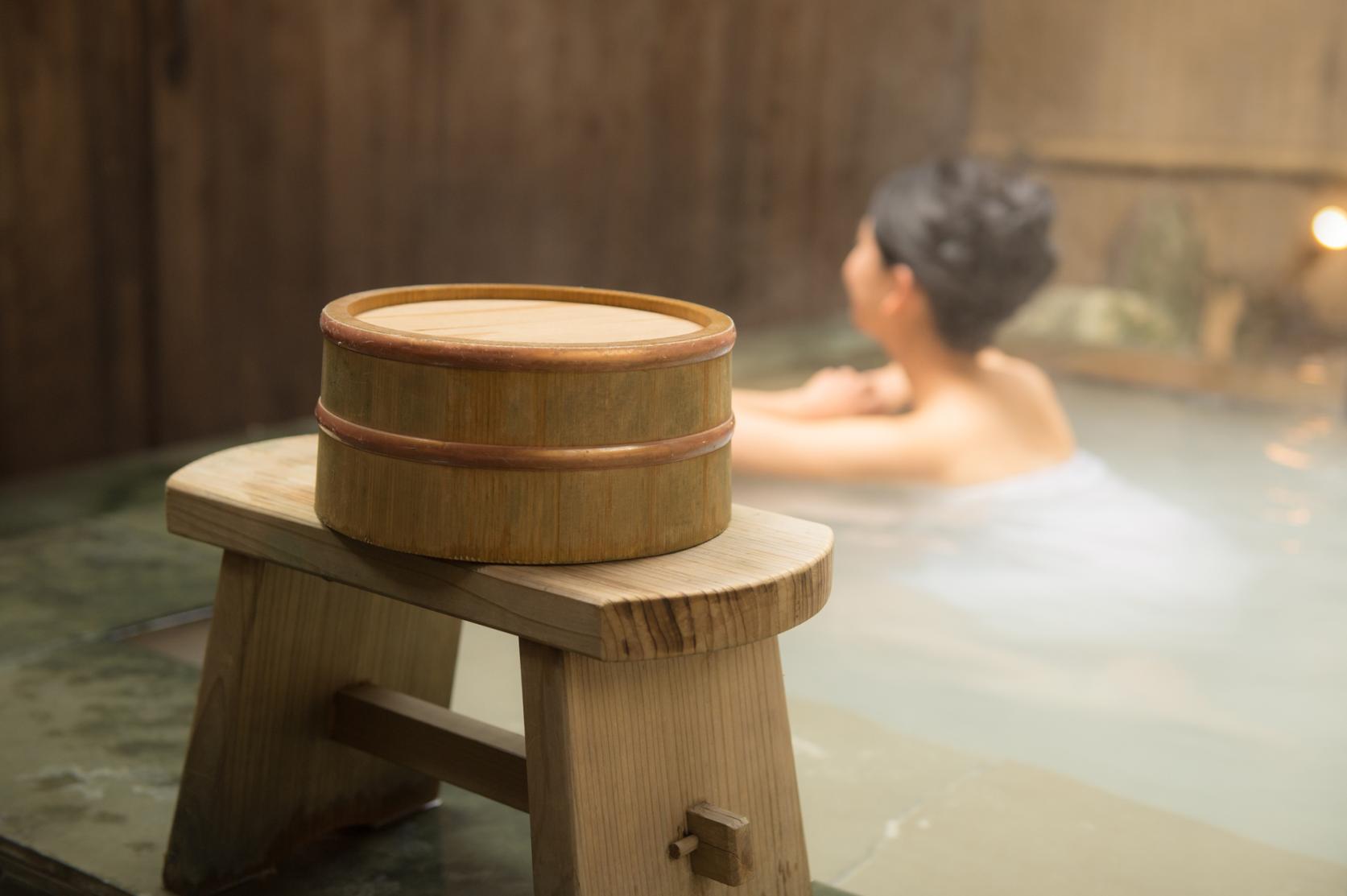
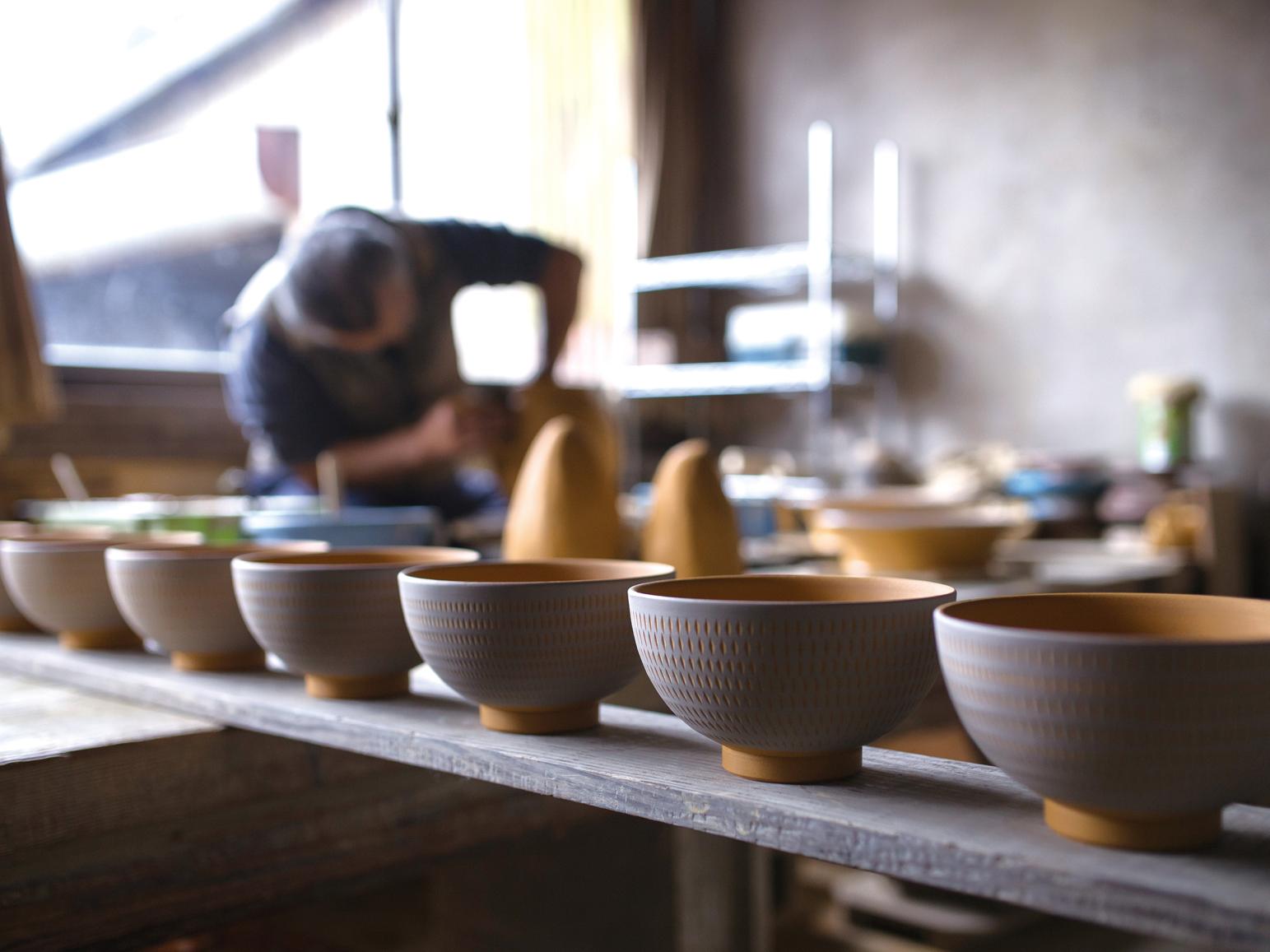
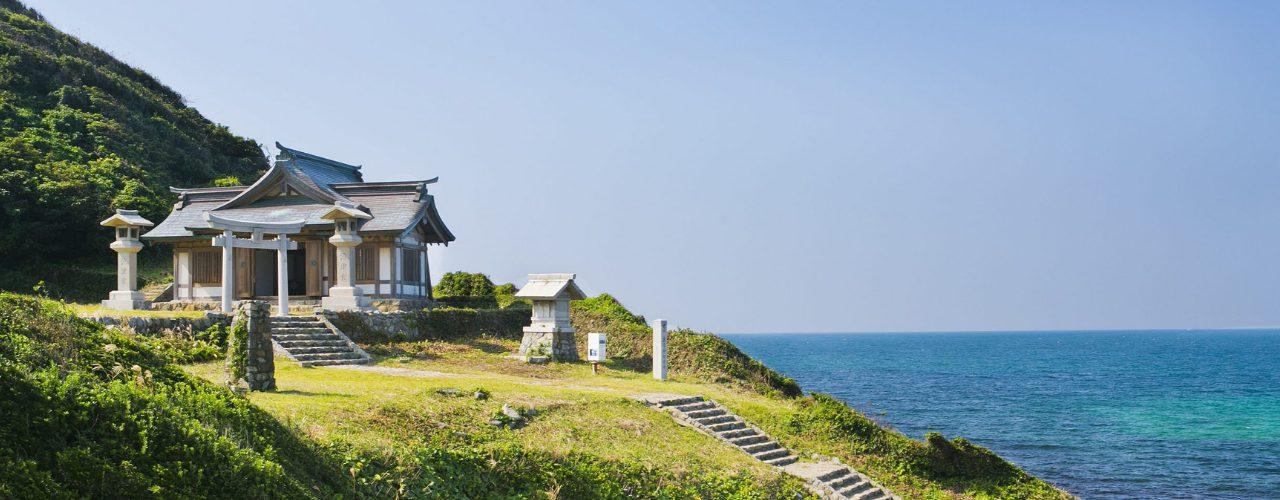
![[2025] Strawberry Picking Spots in Fukuoka](https://www.crossroadfukuoka.jp/storage/special_features/49/responsive_images/9ZHgrqvQdpH8tM4IRF54DXu0aPBF3YGGkj5WOTGc__1673_1115.jpg)
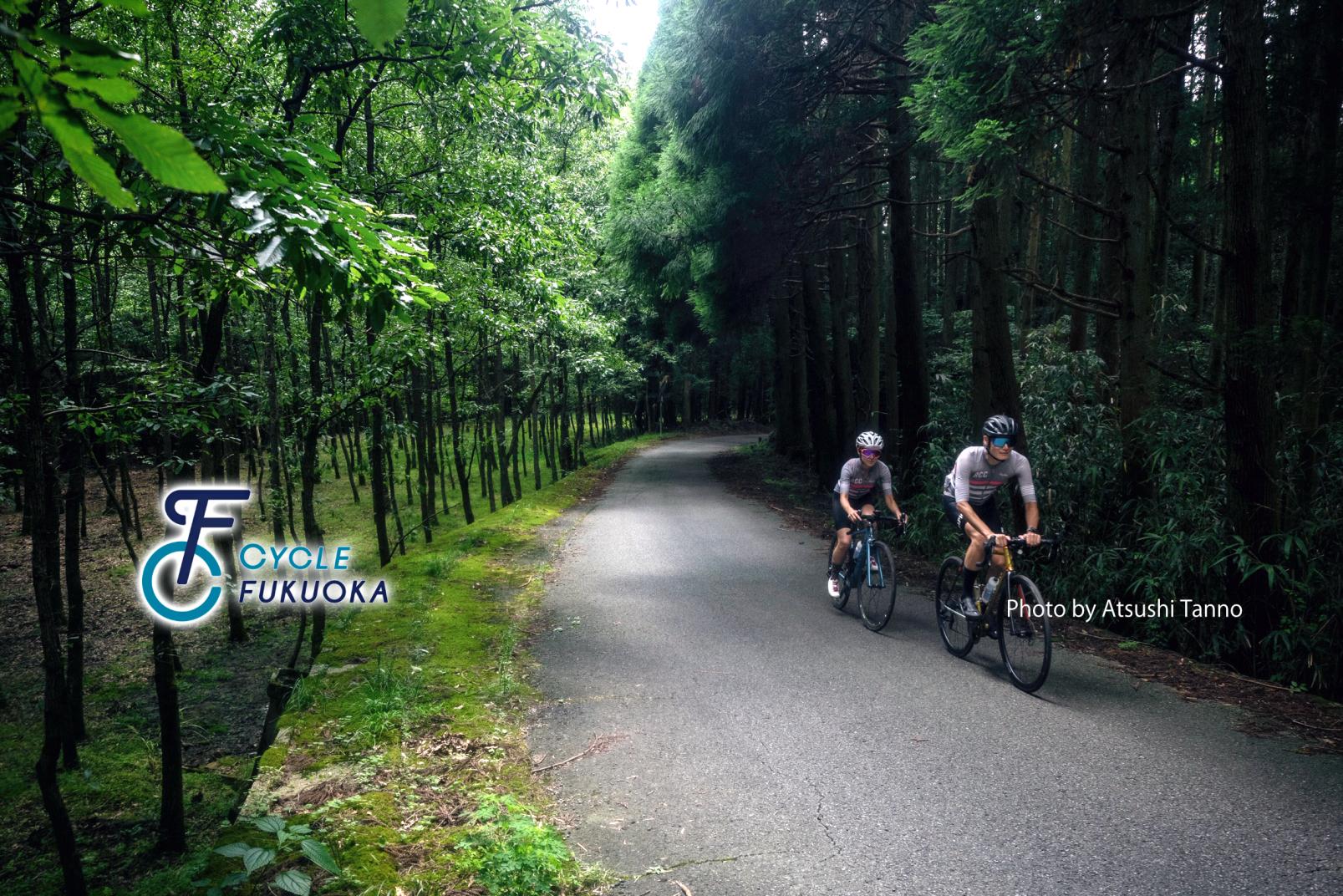
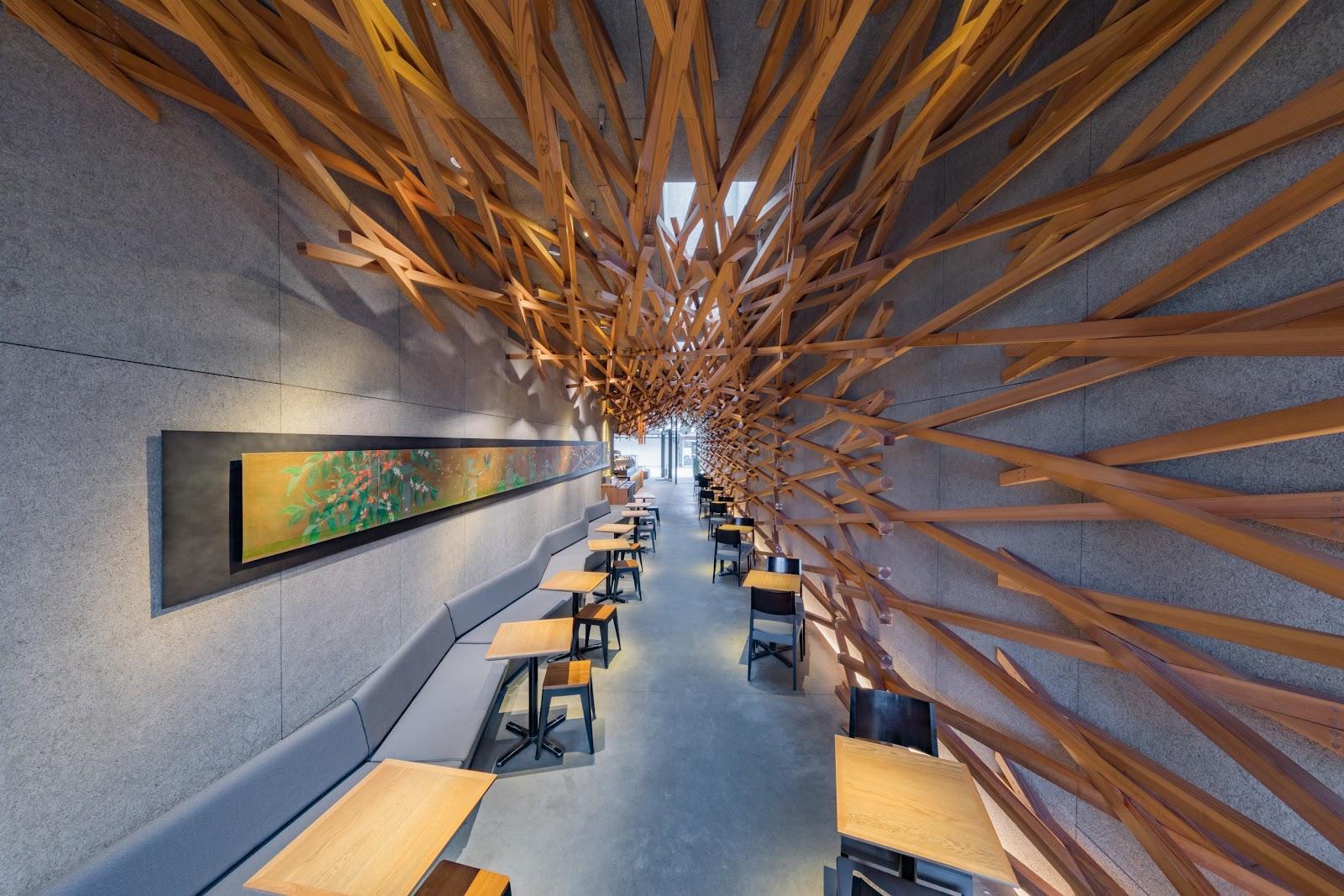
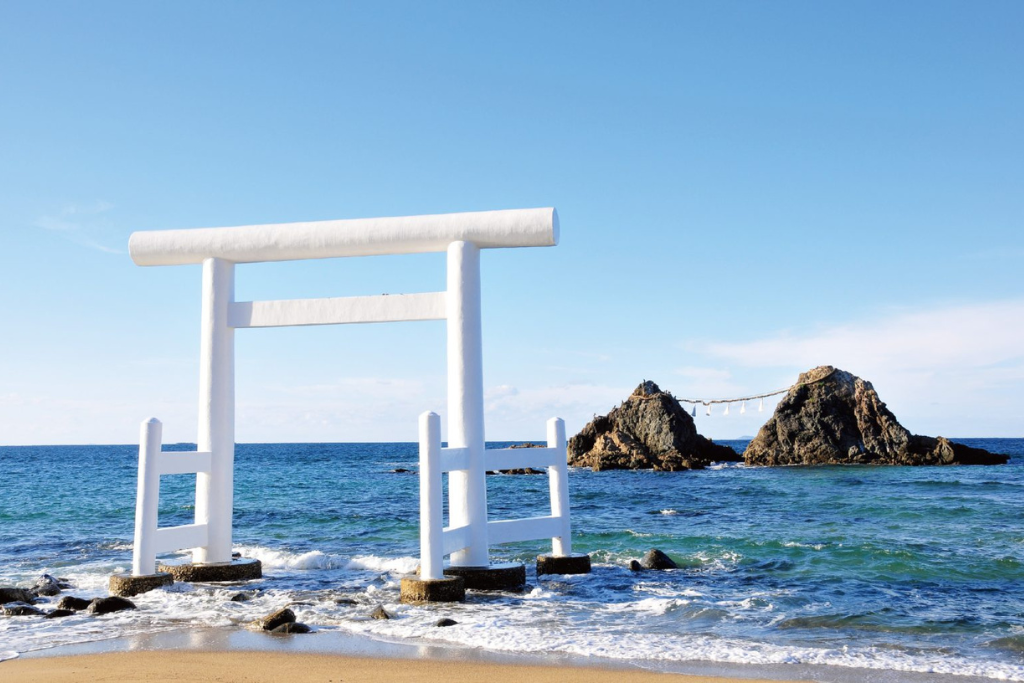
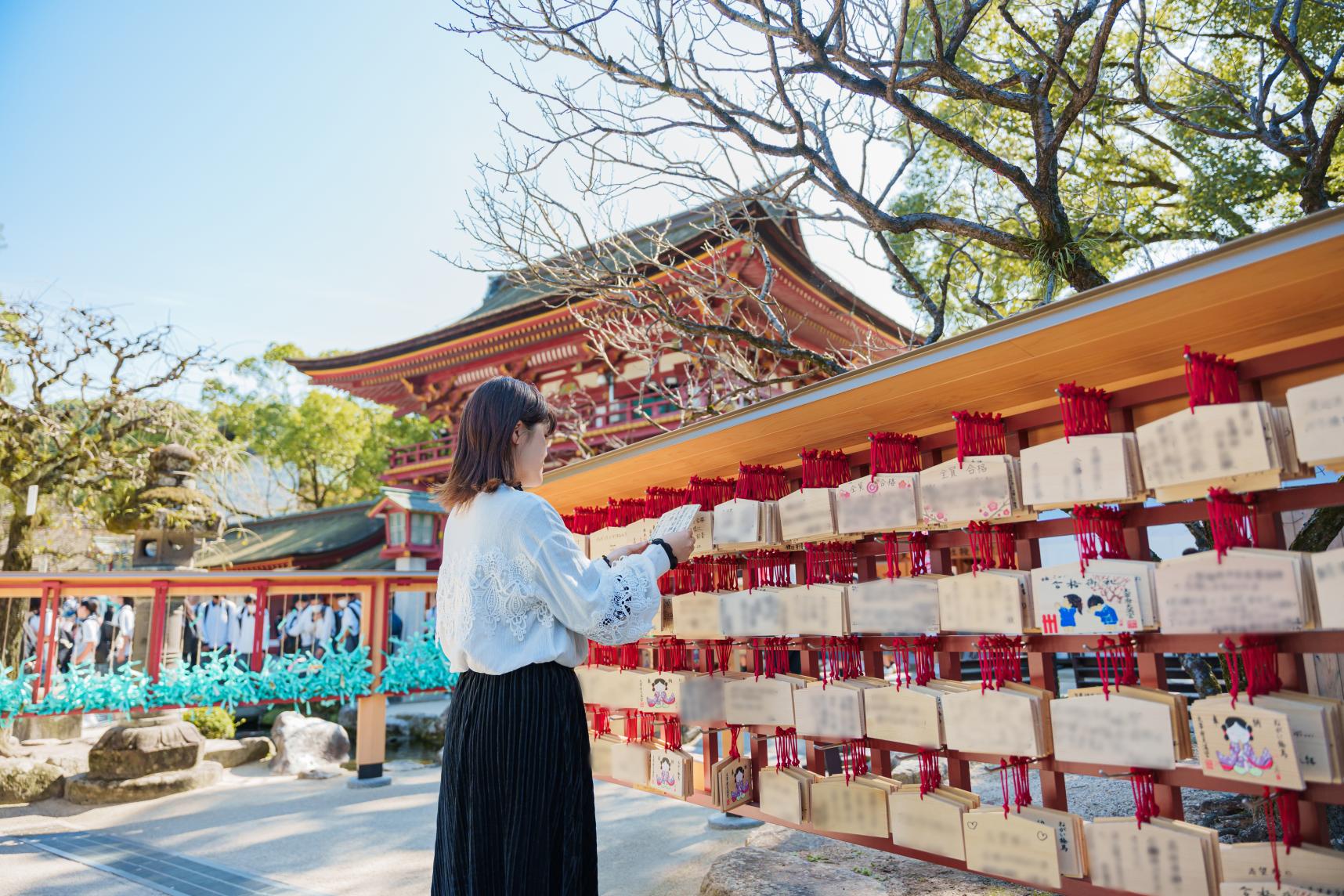
![[2024 Edition] Filled with blessings! The ultimate Fukuoka power spots to bring you happiness.](https://www.crossroadfukuoka.jp/storage/special_features/320/responsive_images/6SsCvBDXBhlZoAGUgarTOpZpEaEwsIqsWzSxW8cw__1289_856.png)